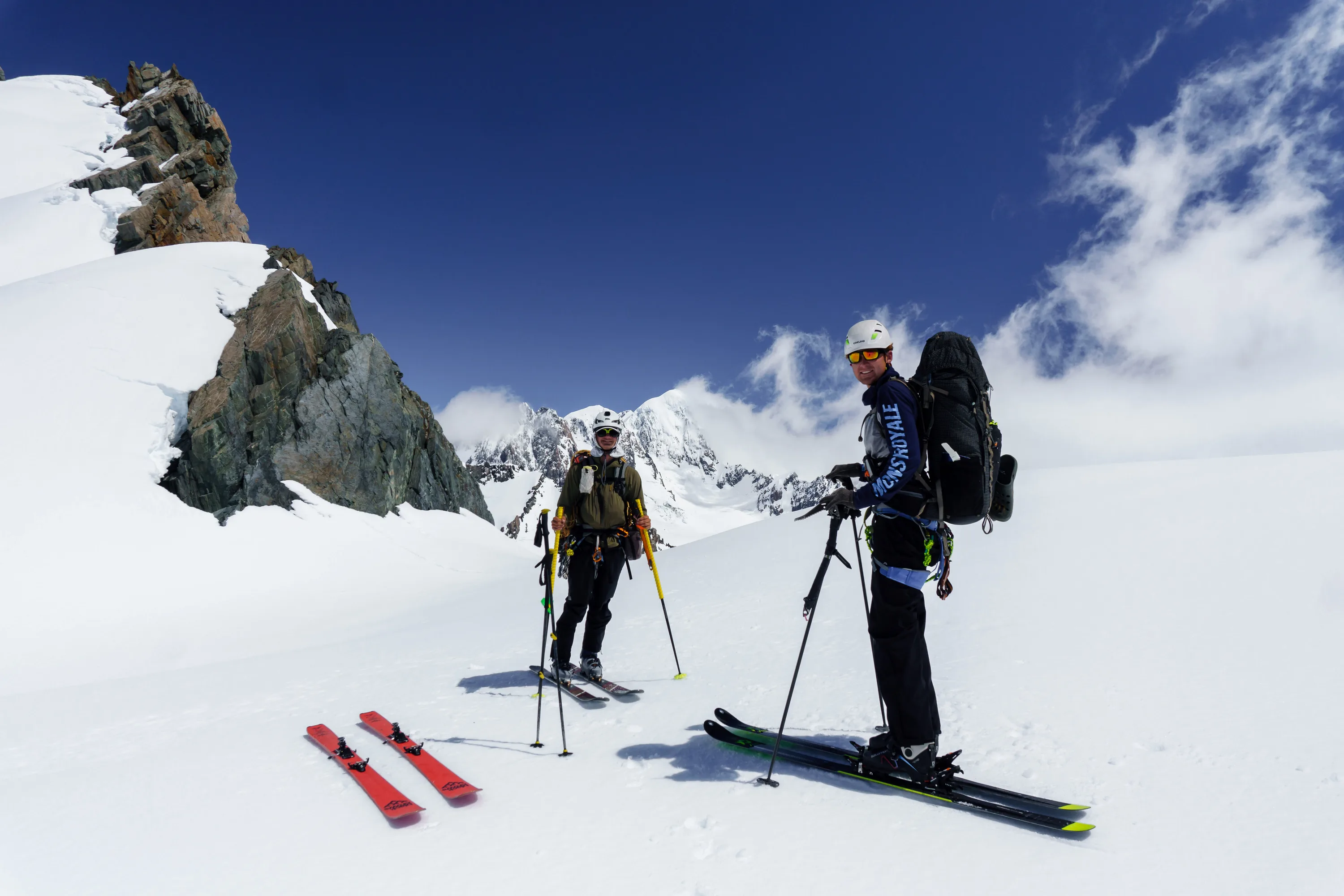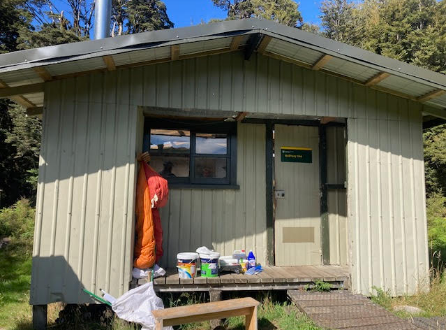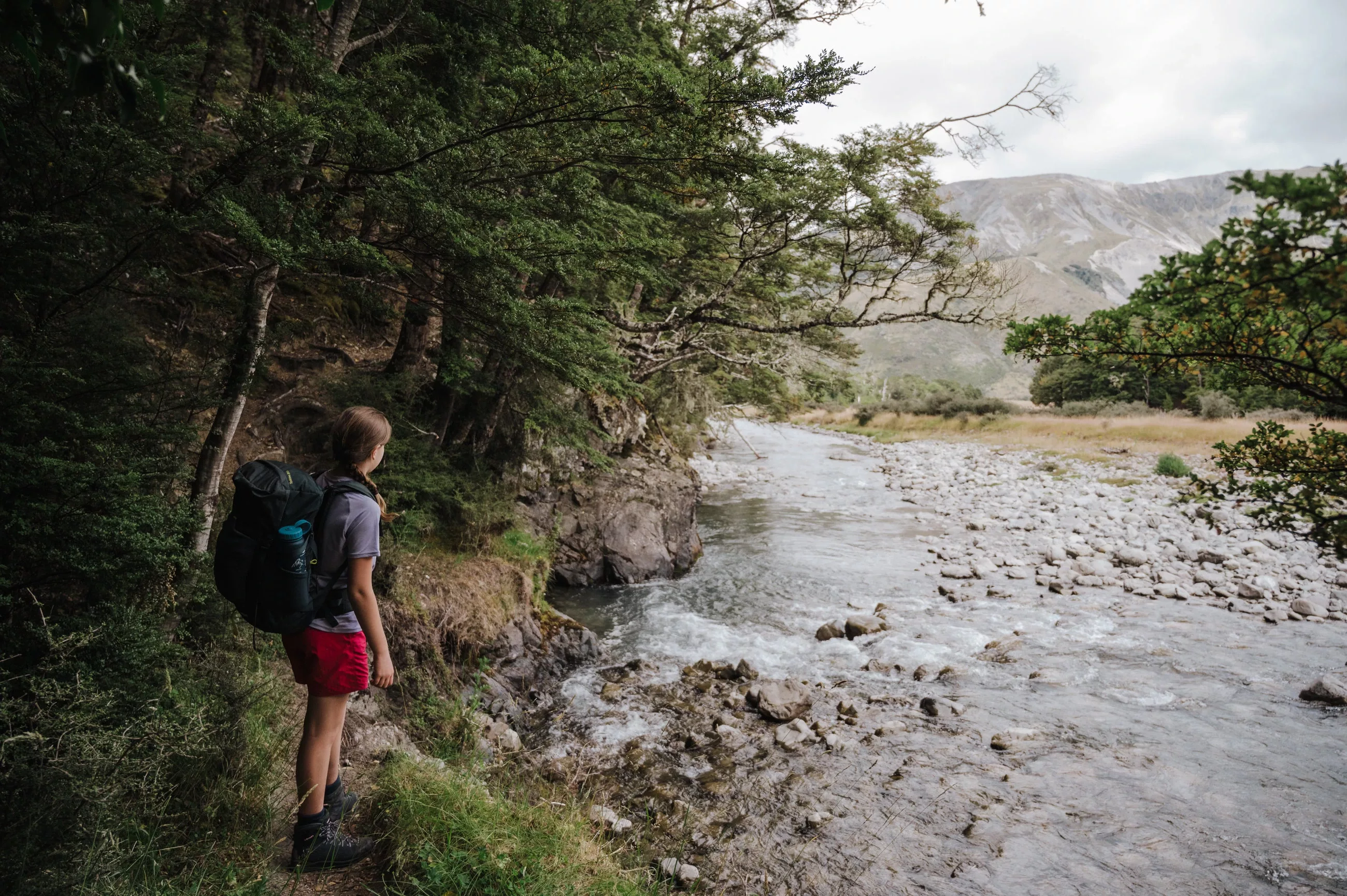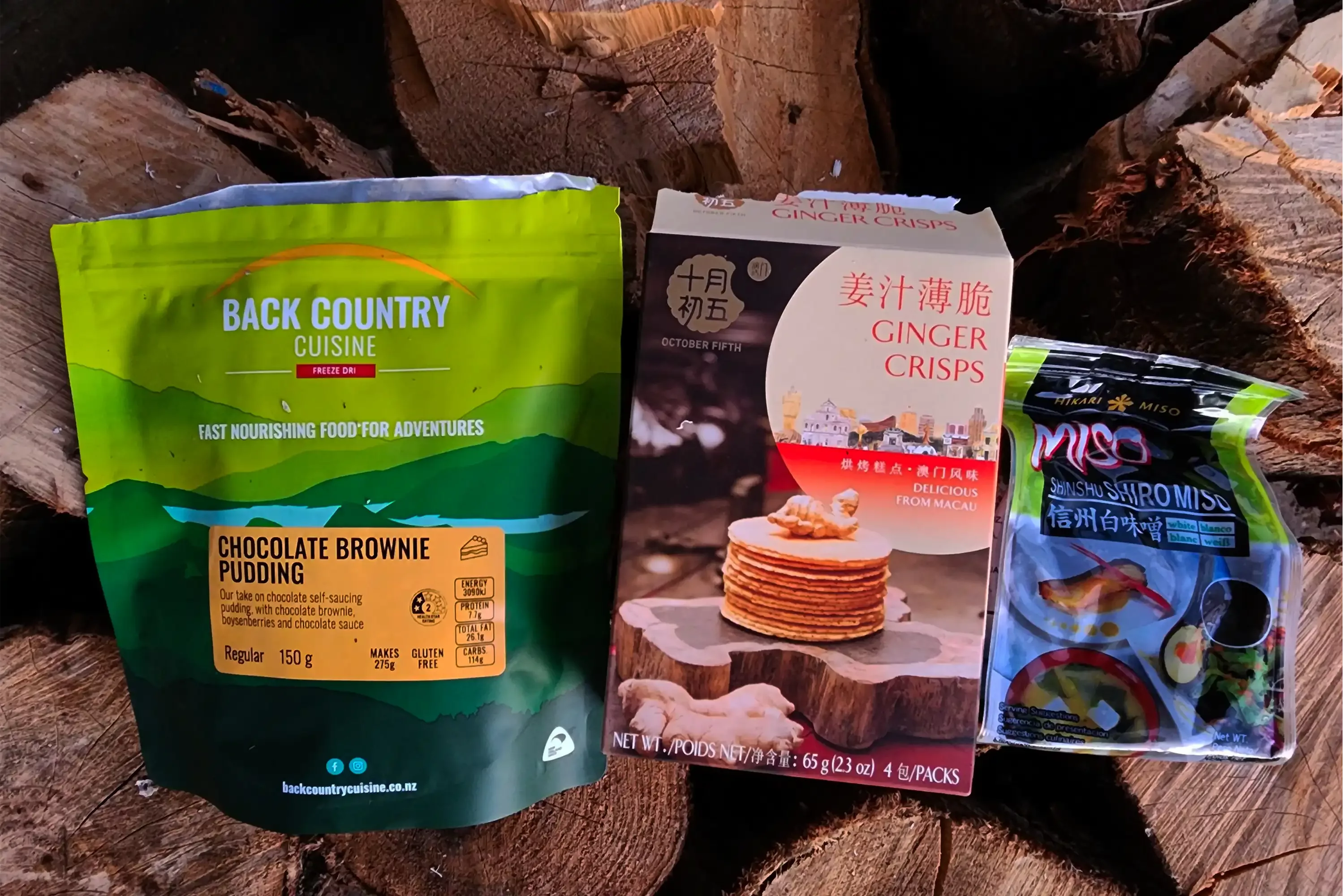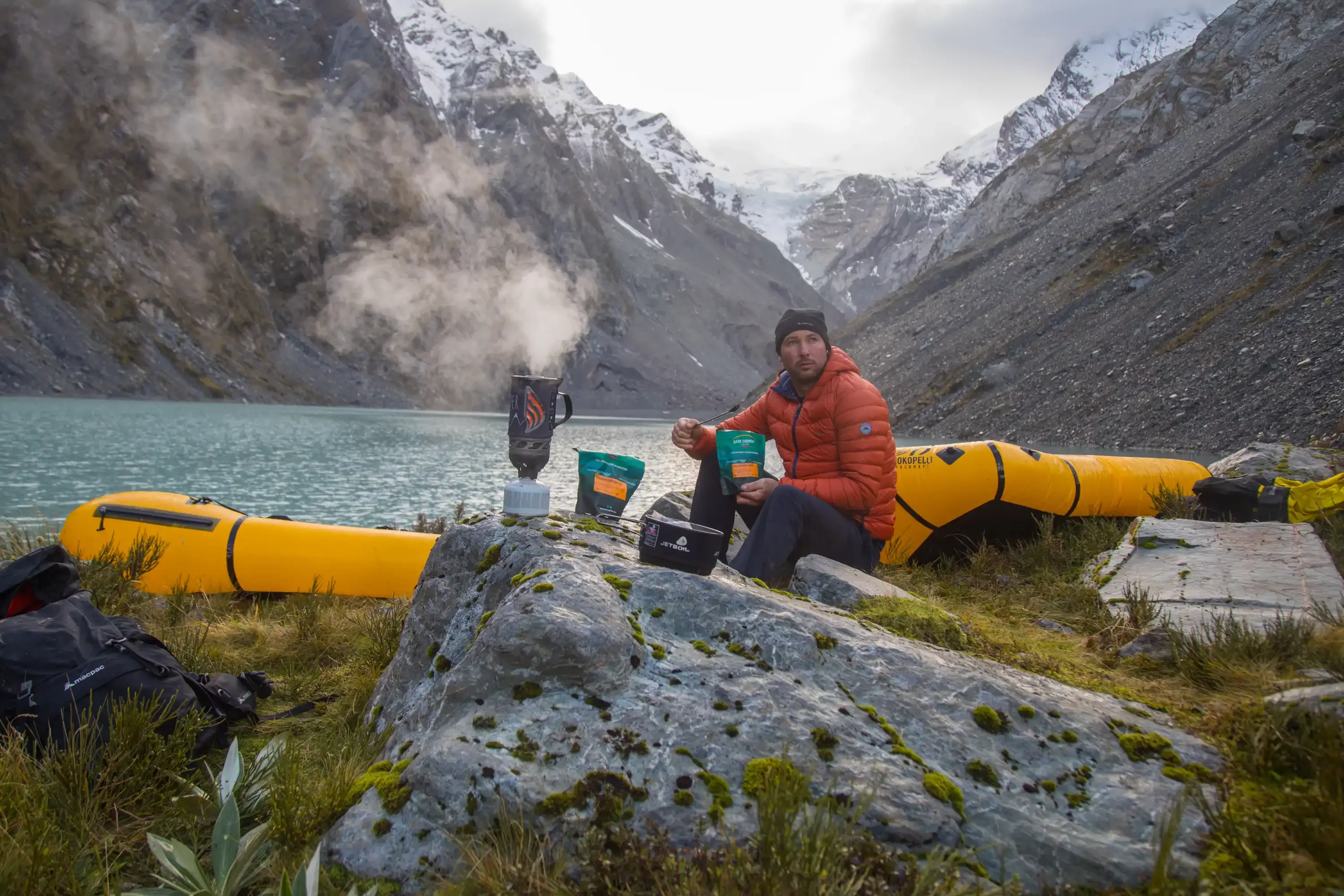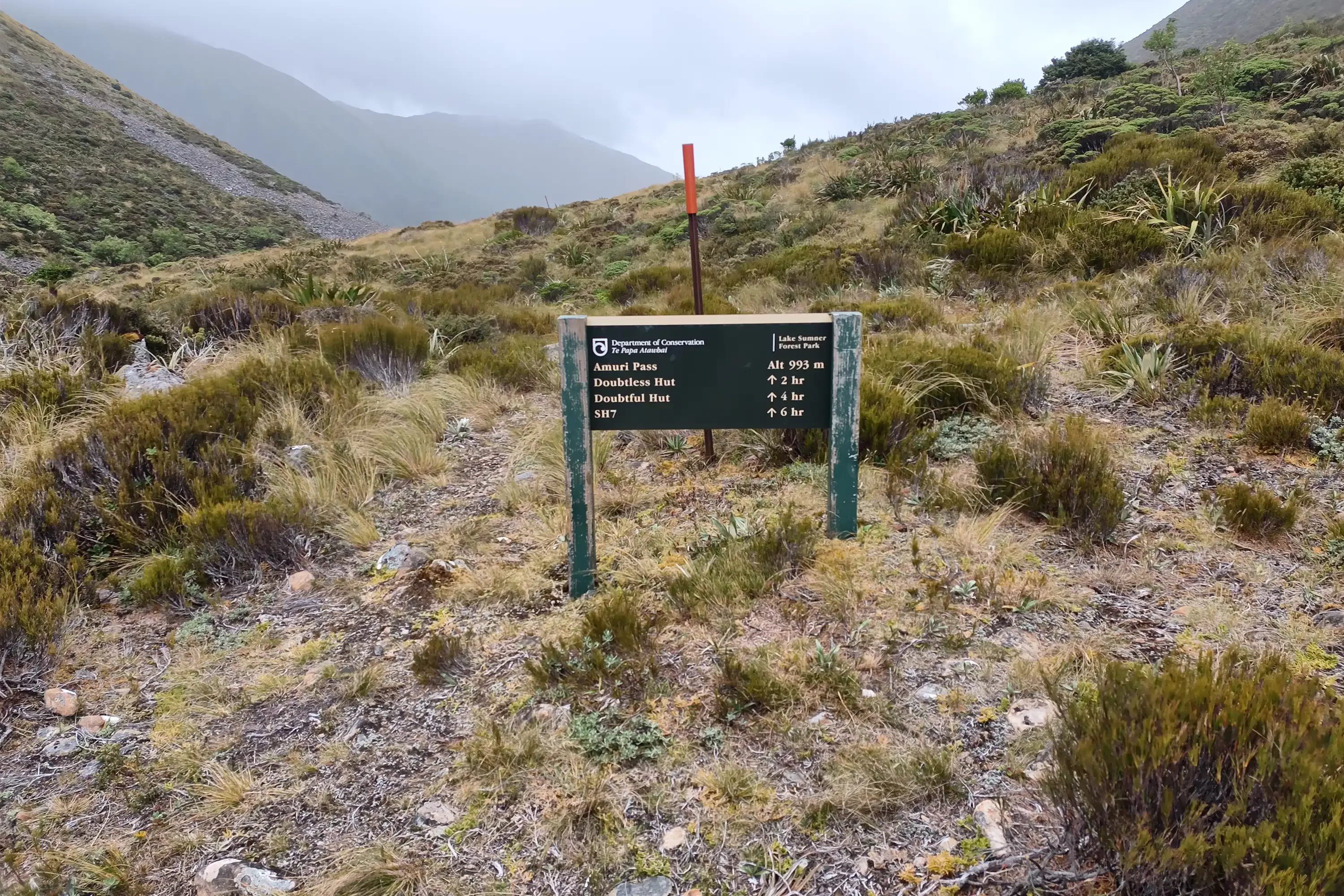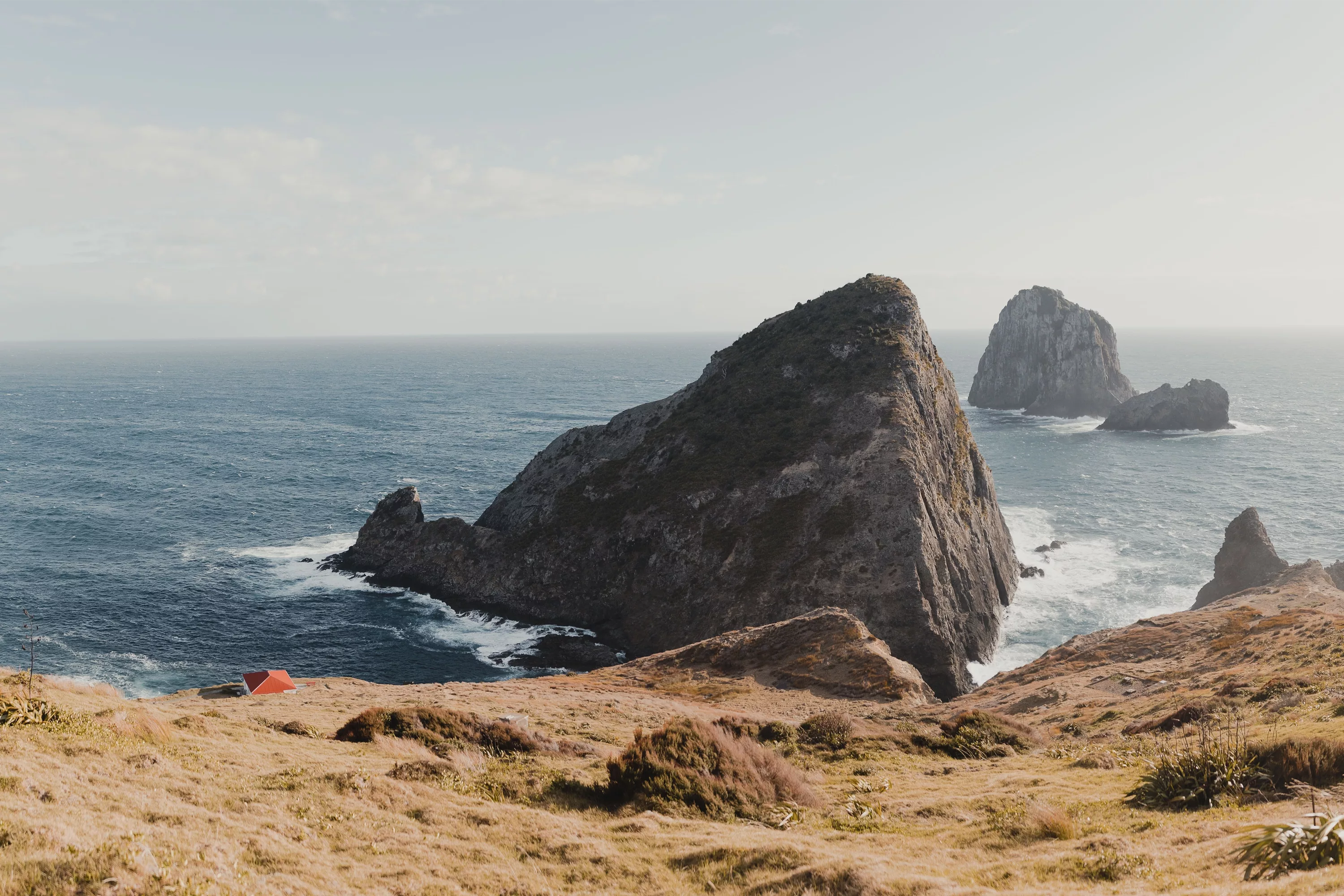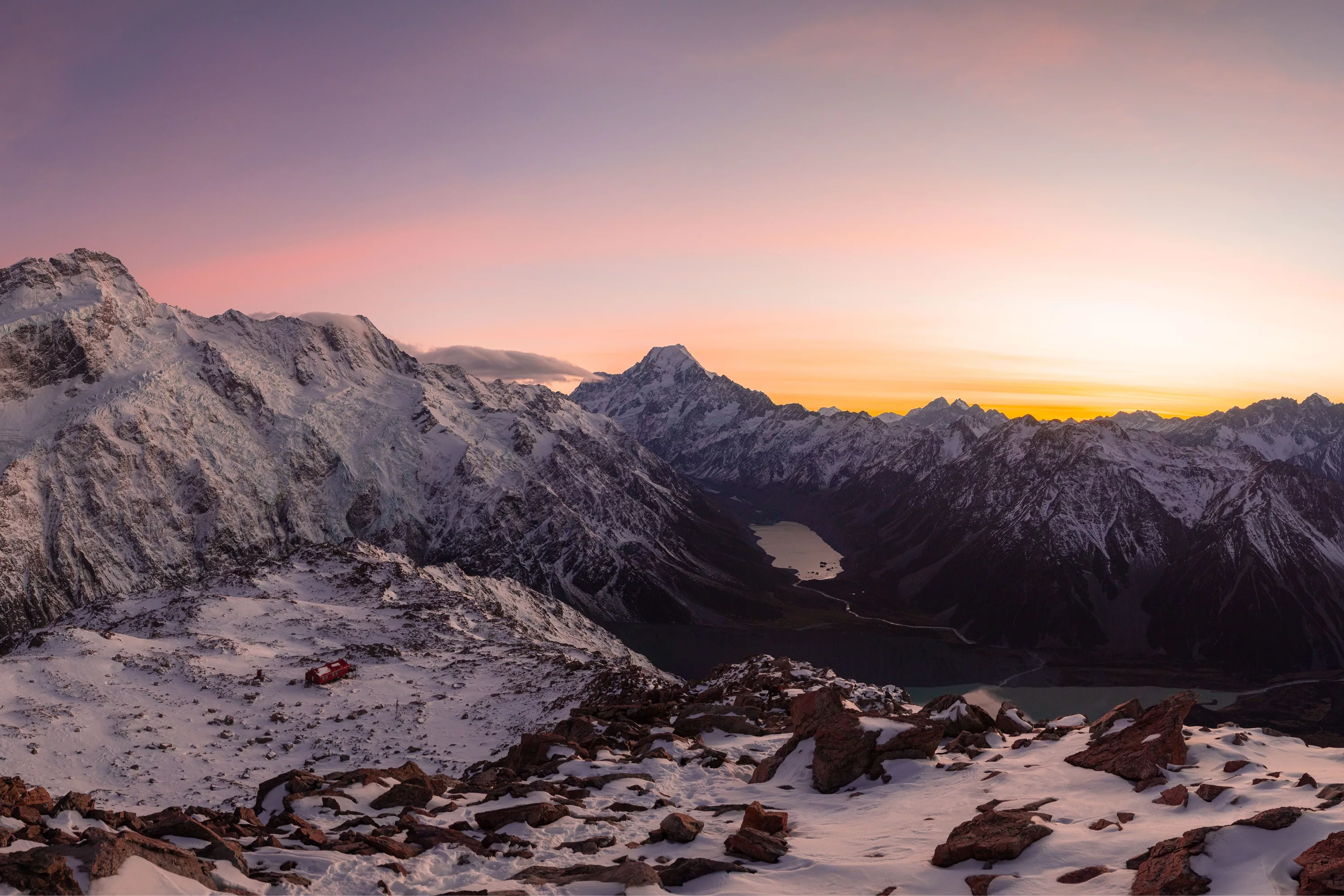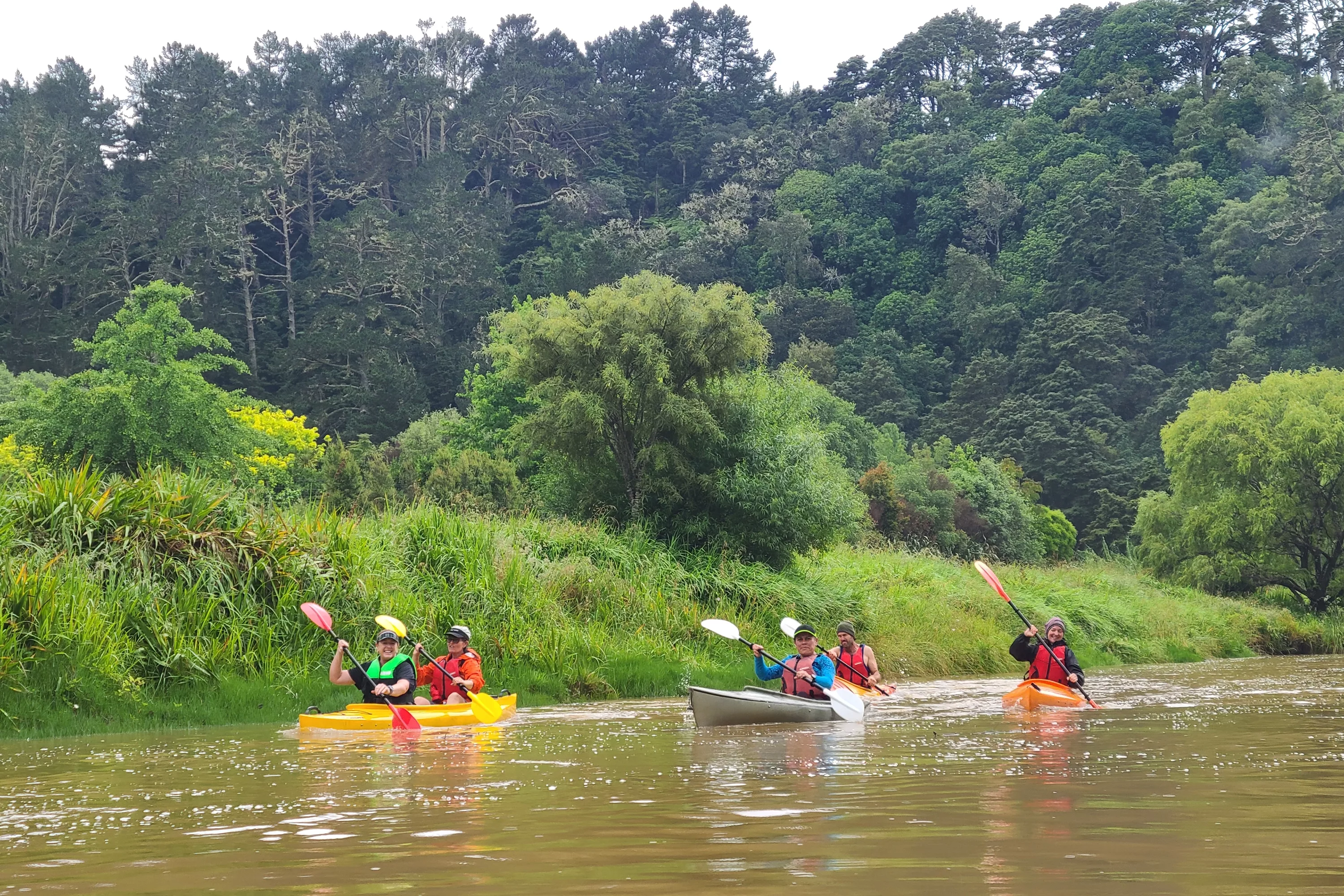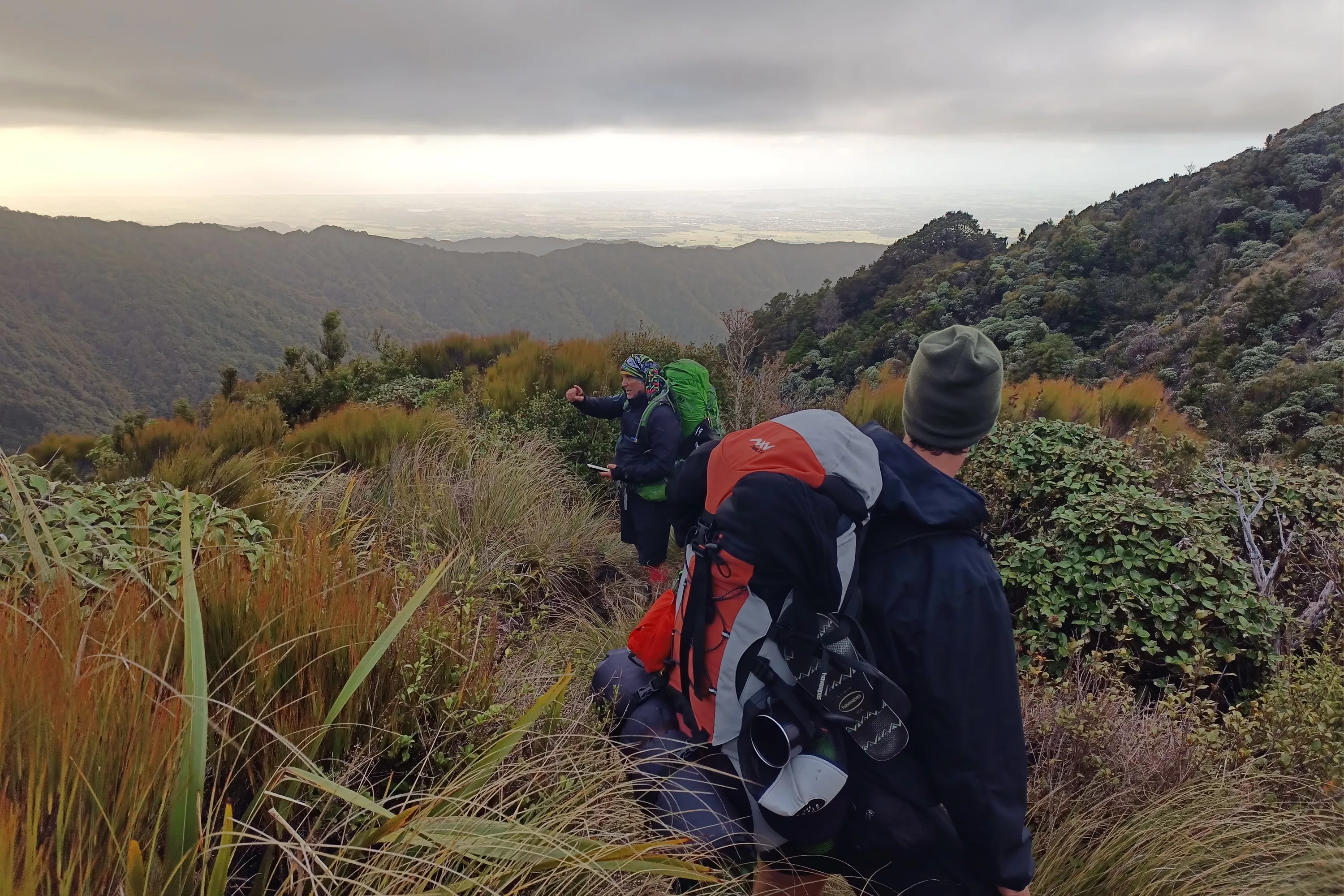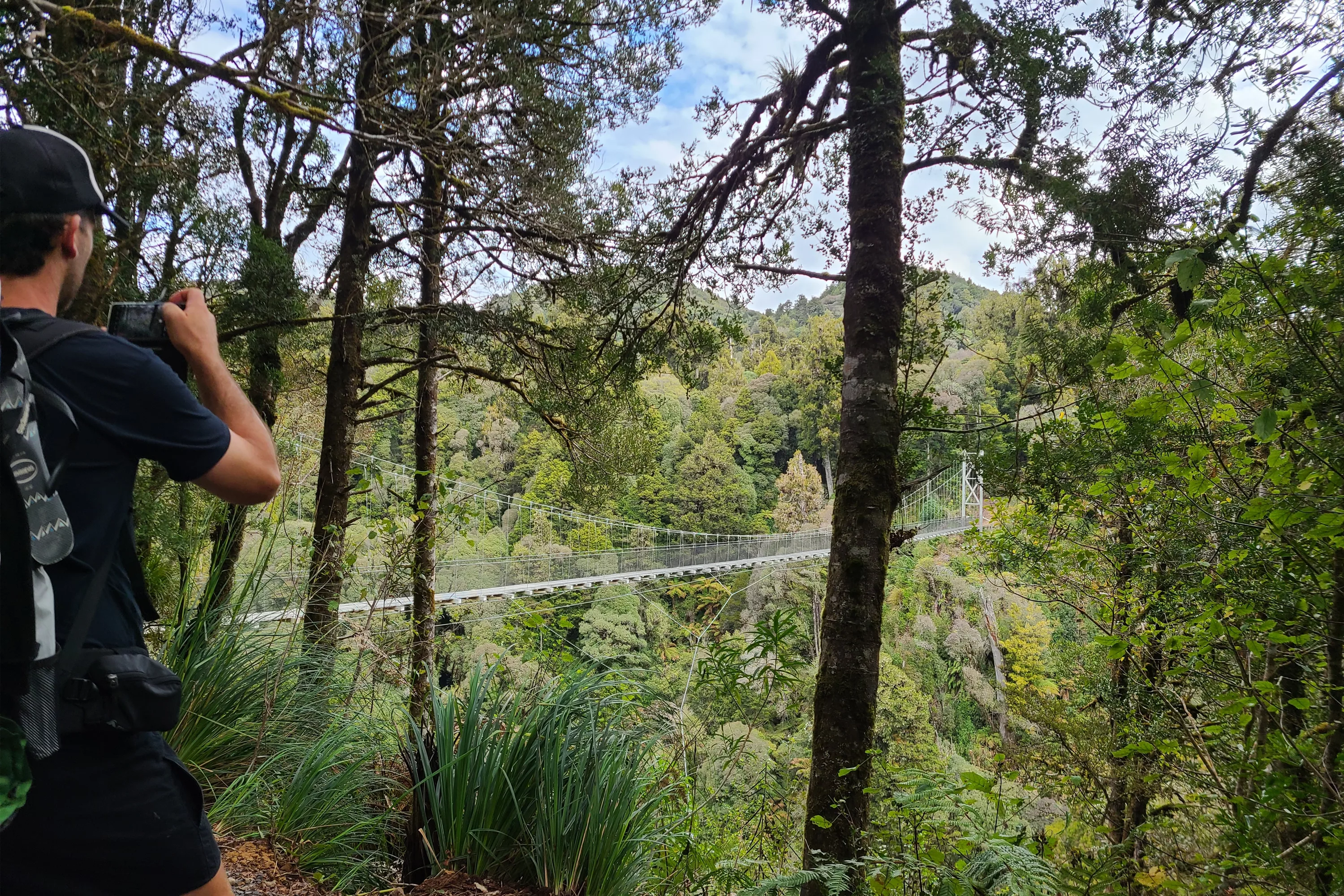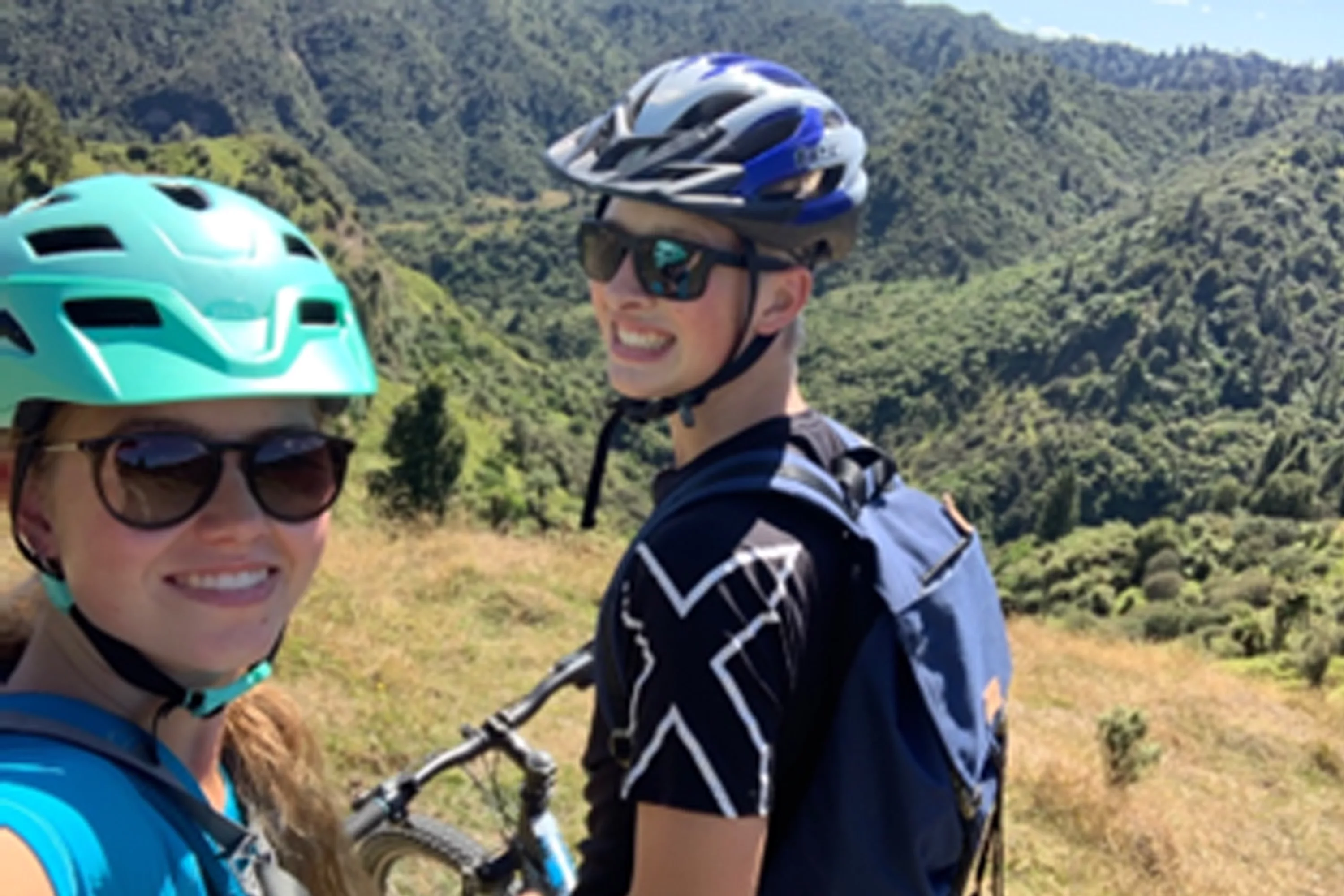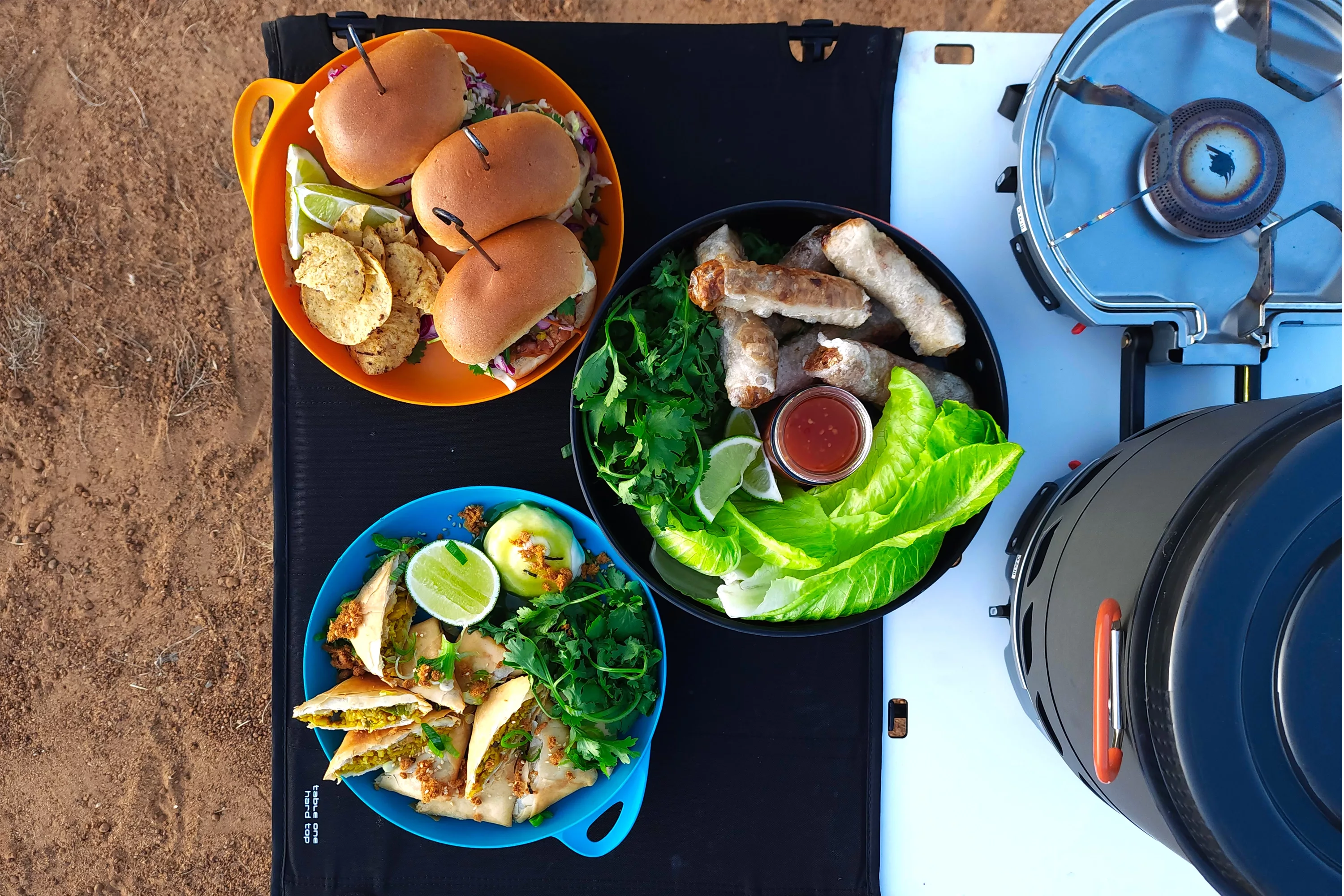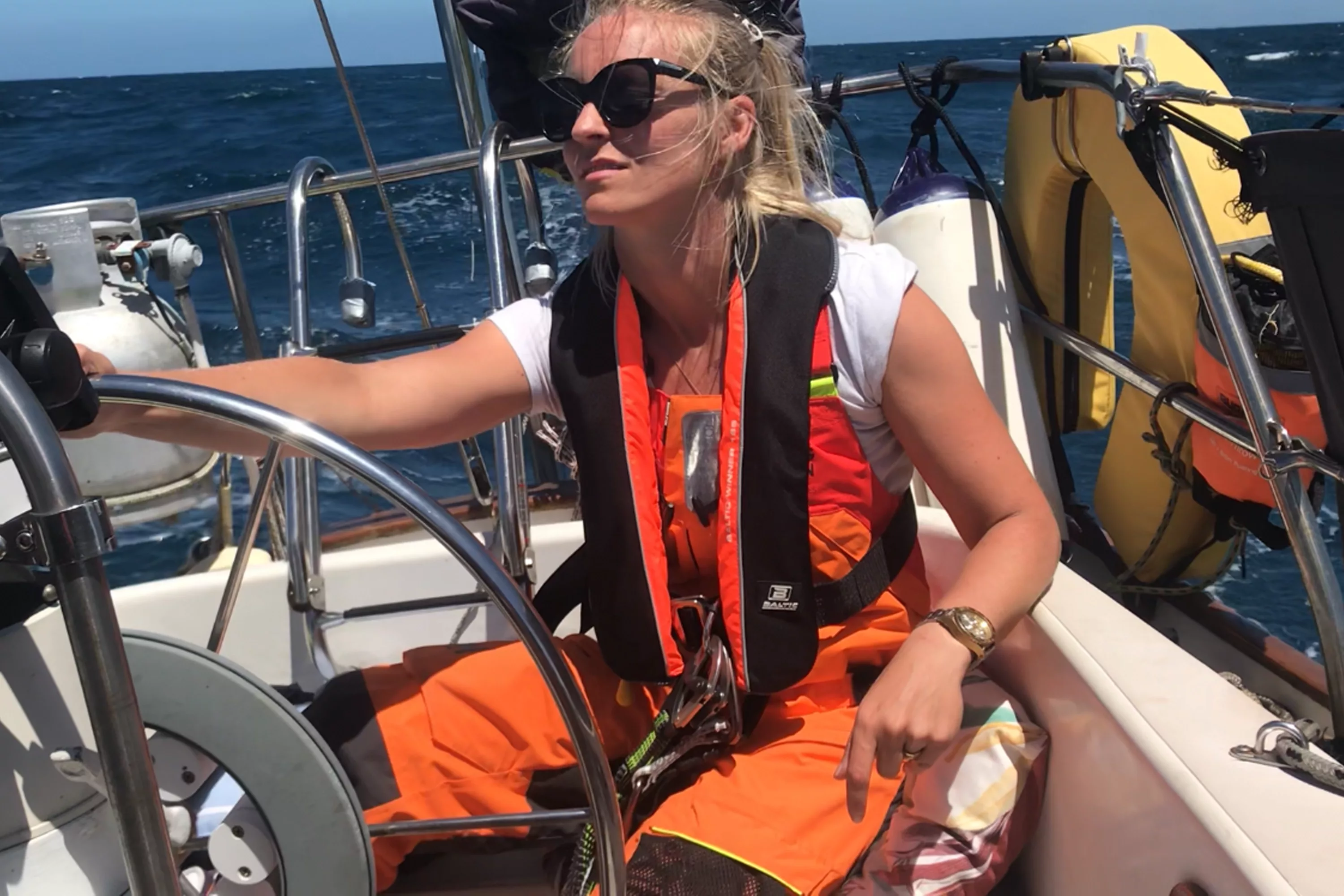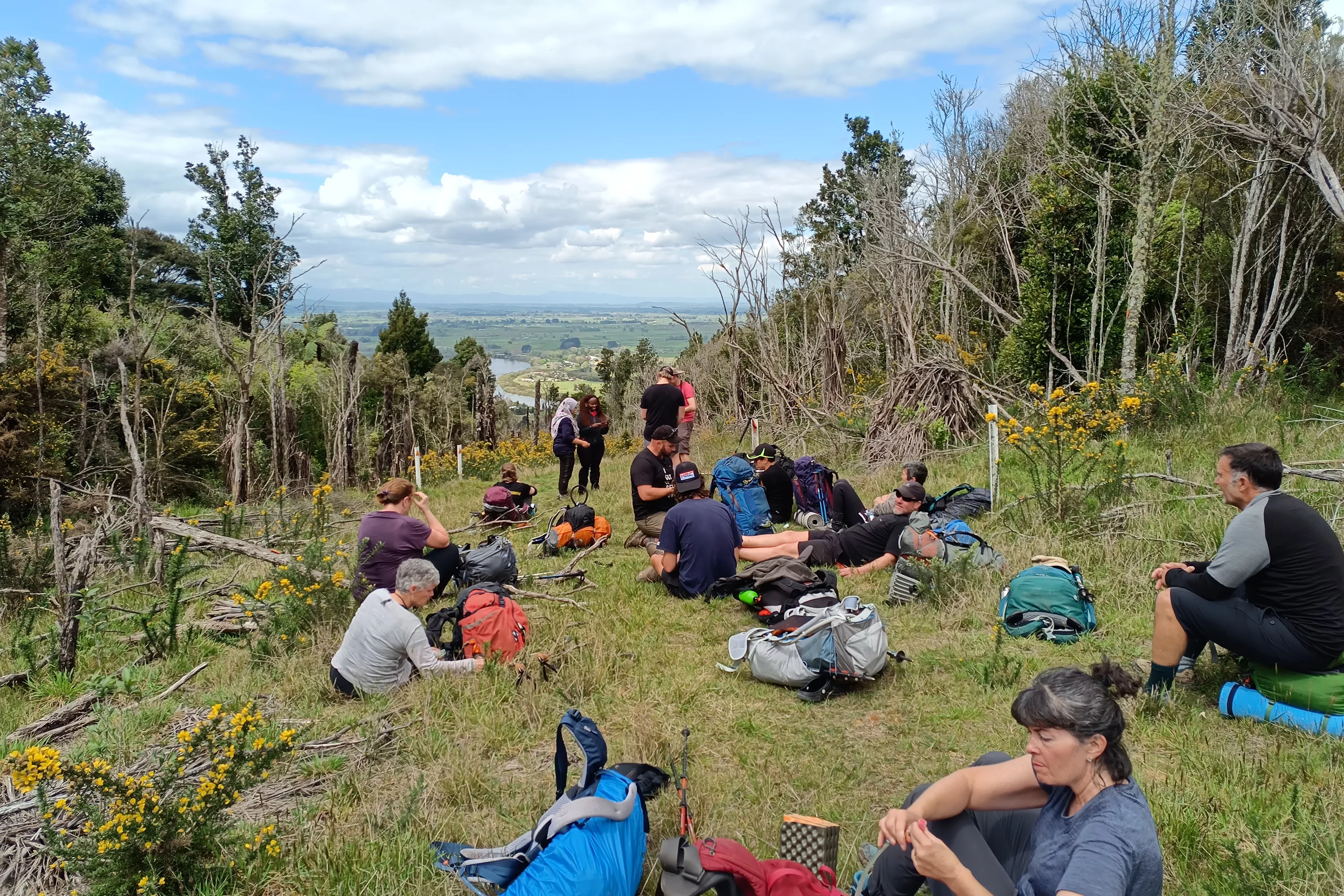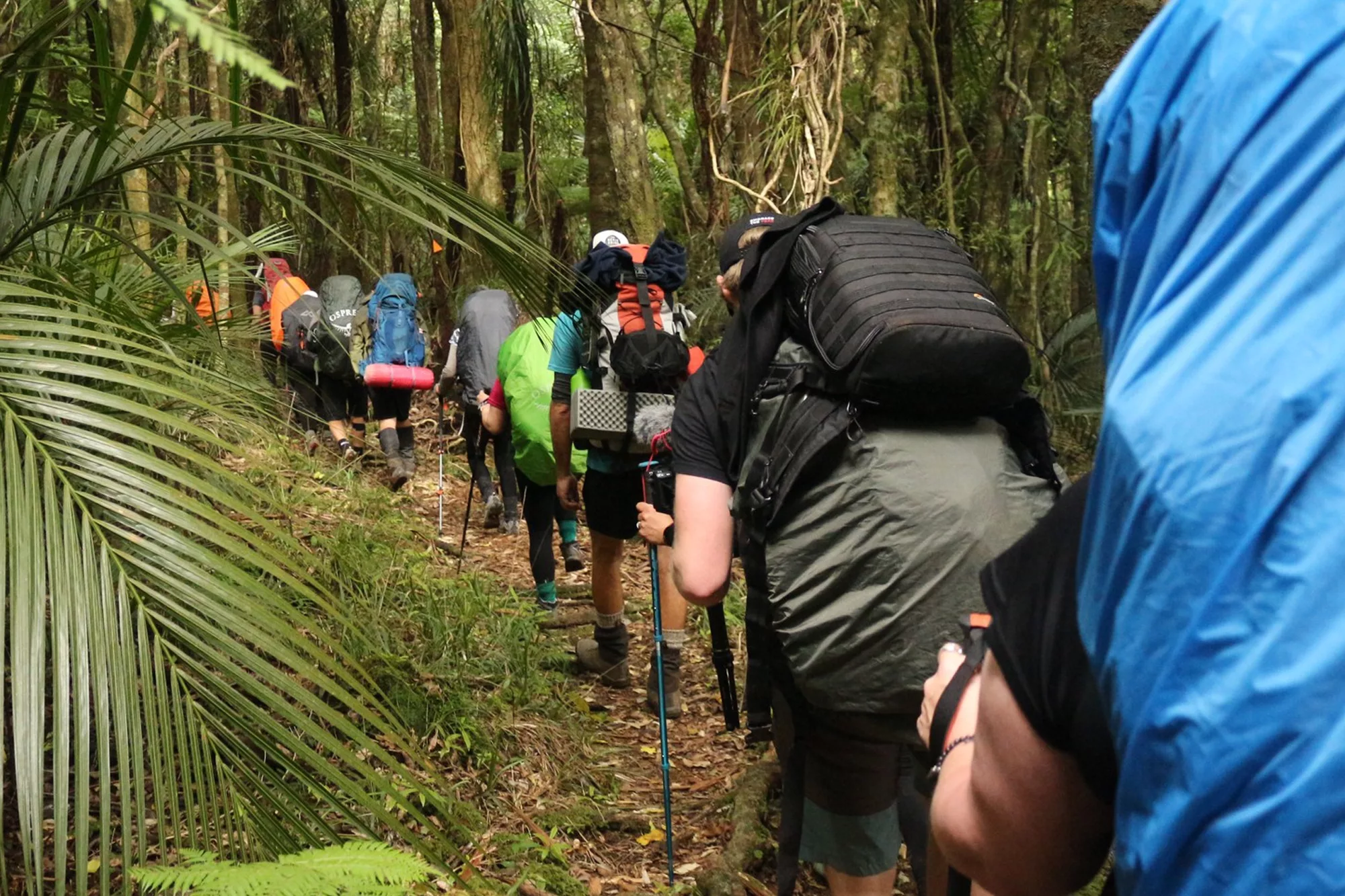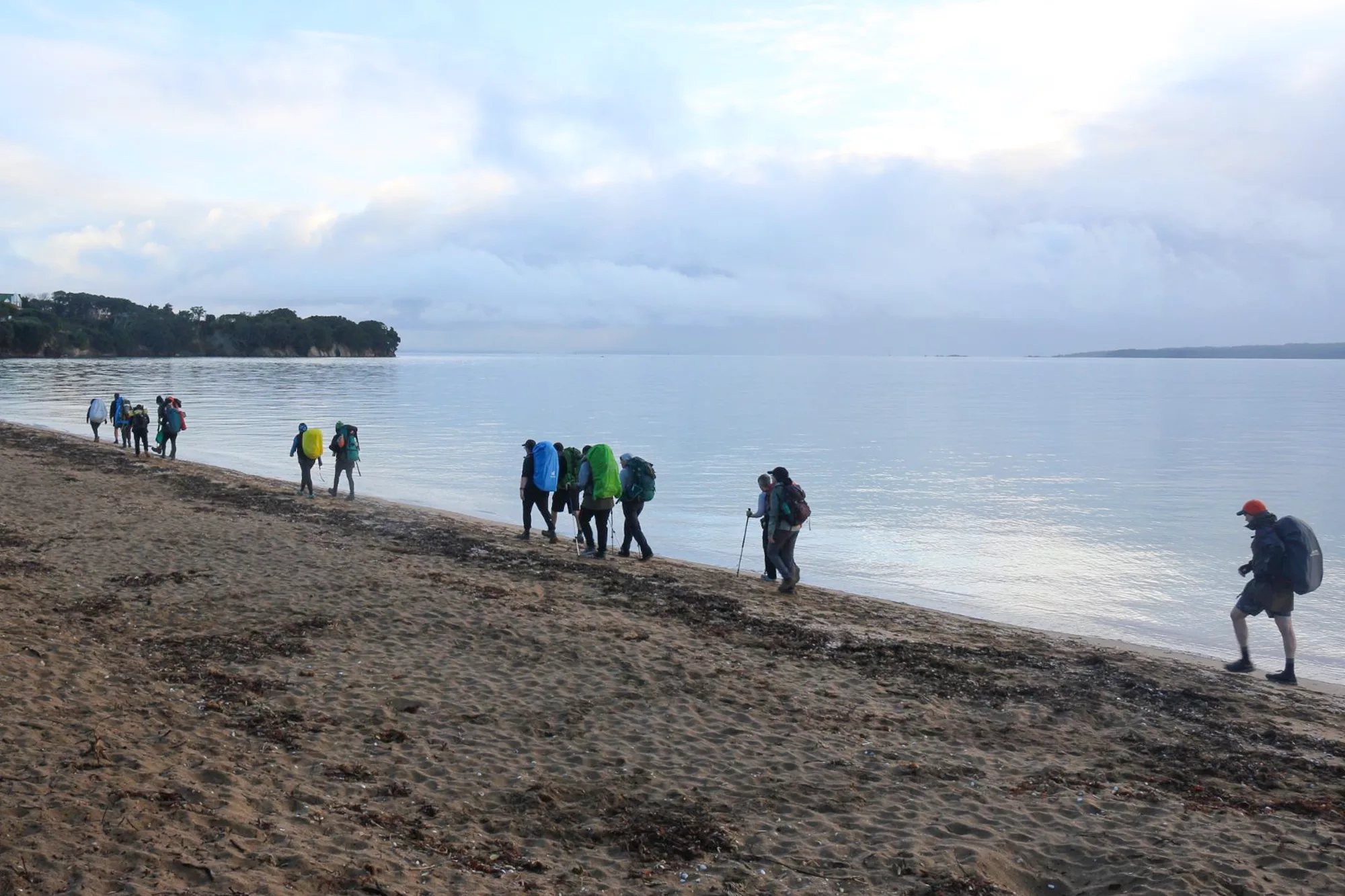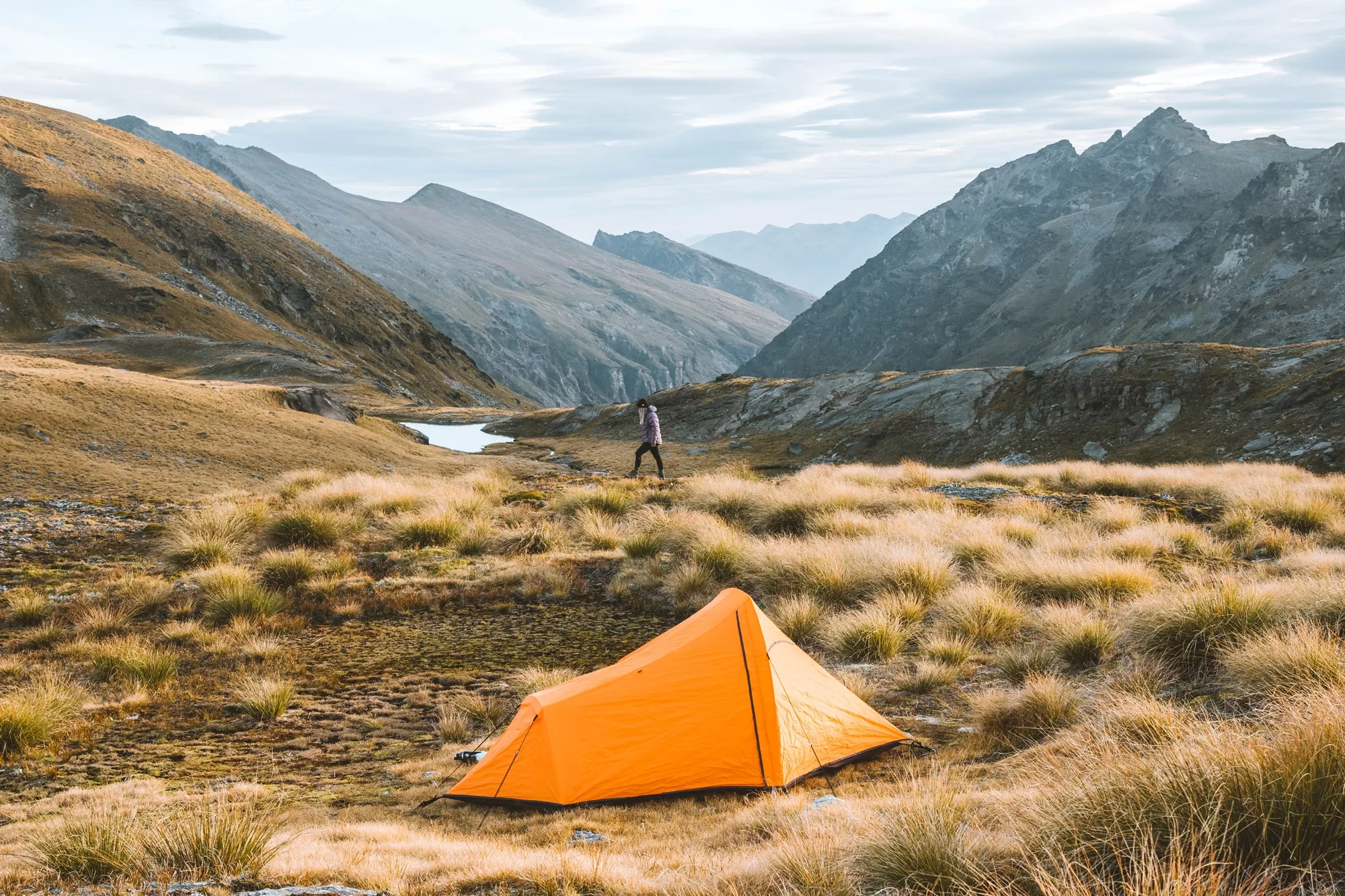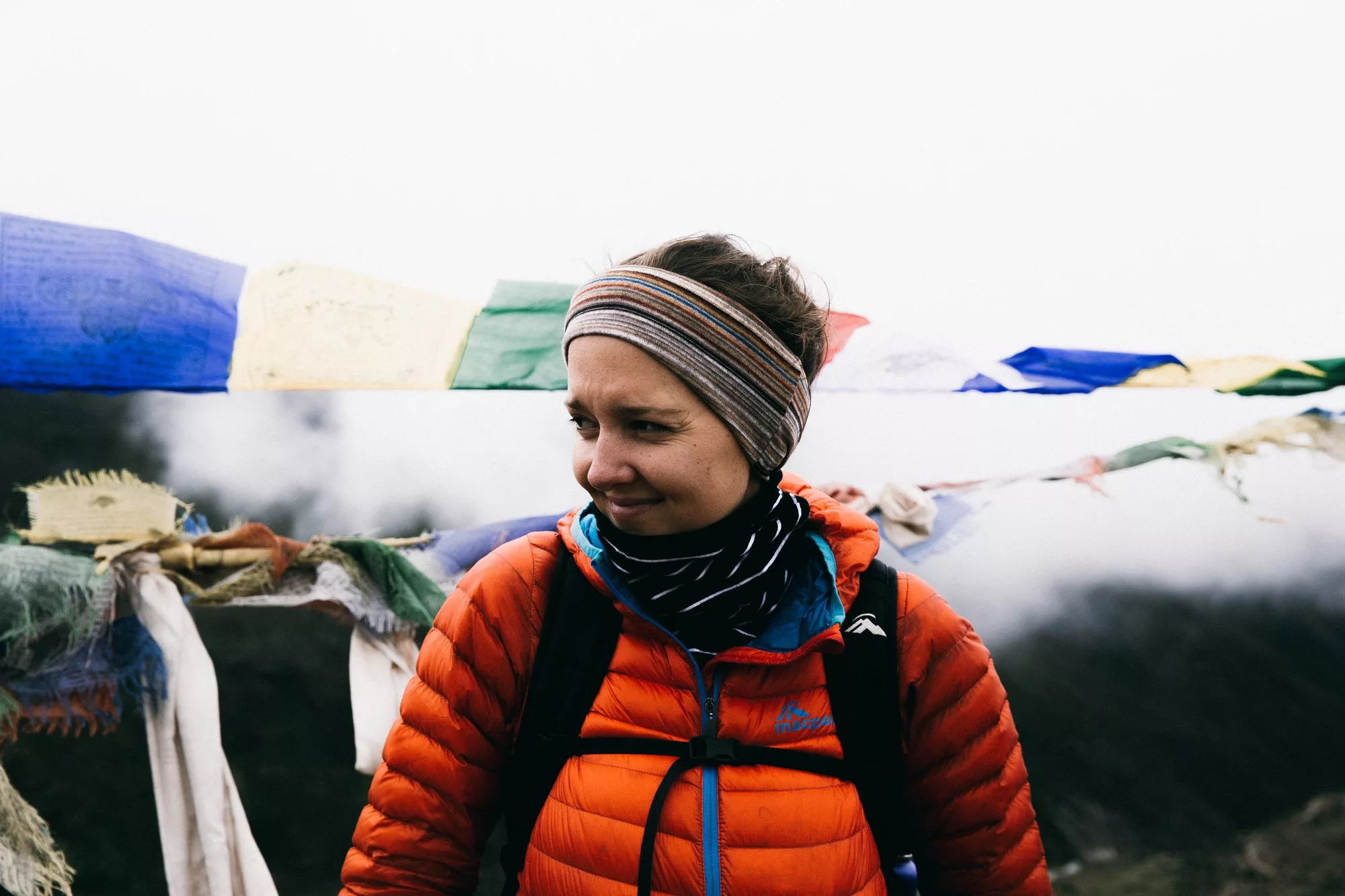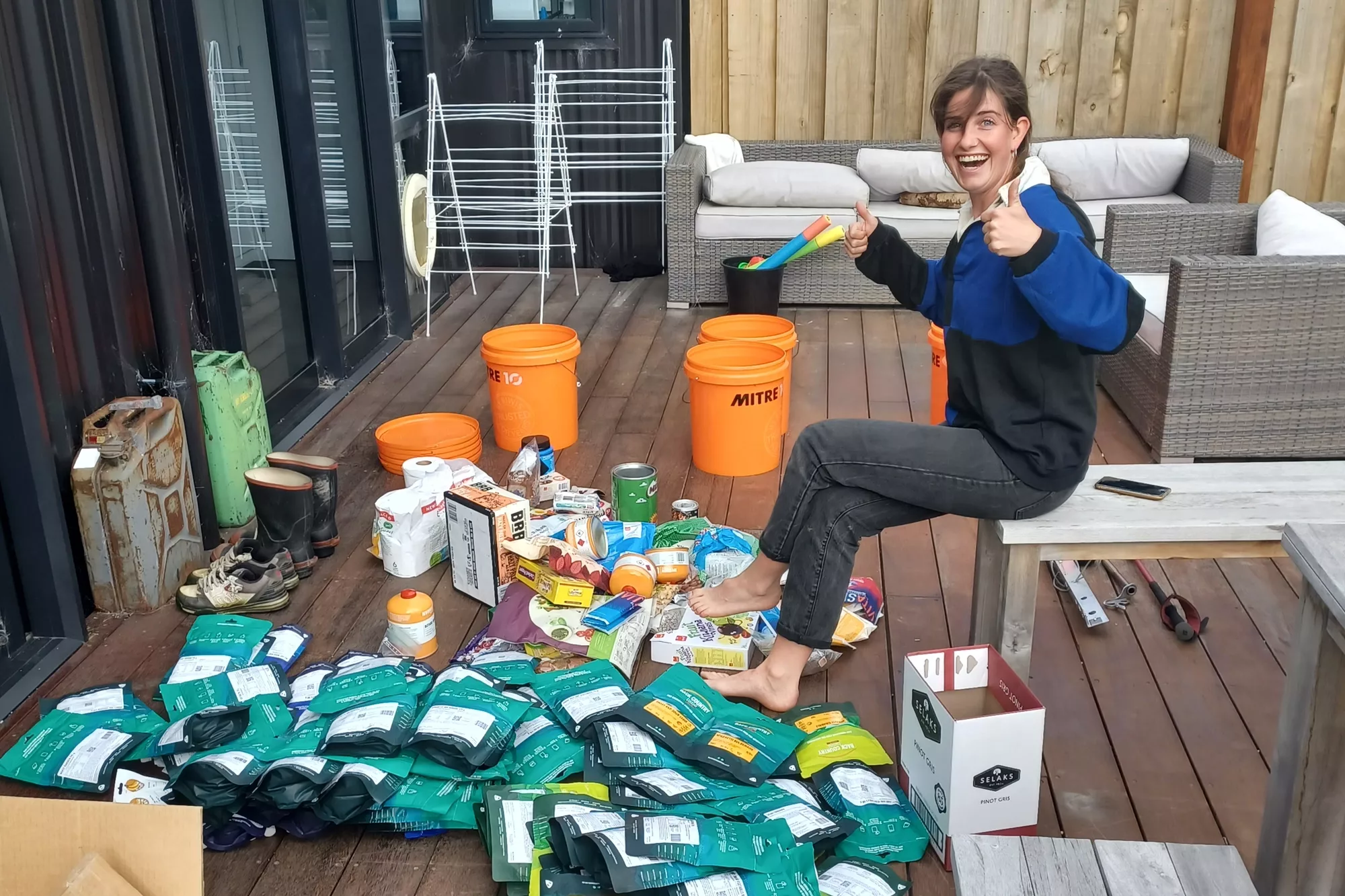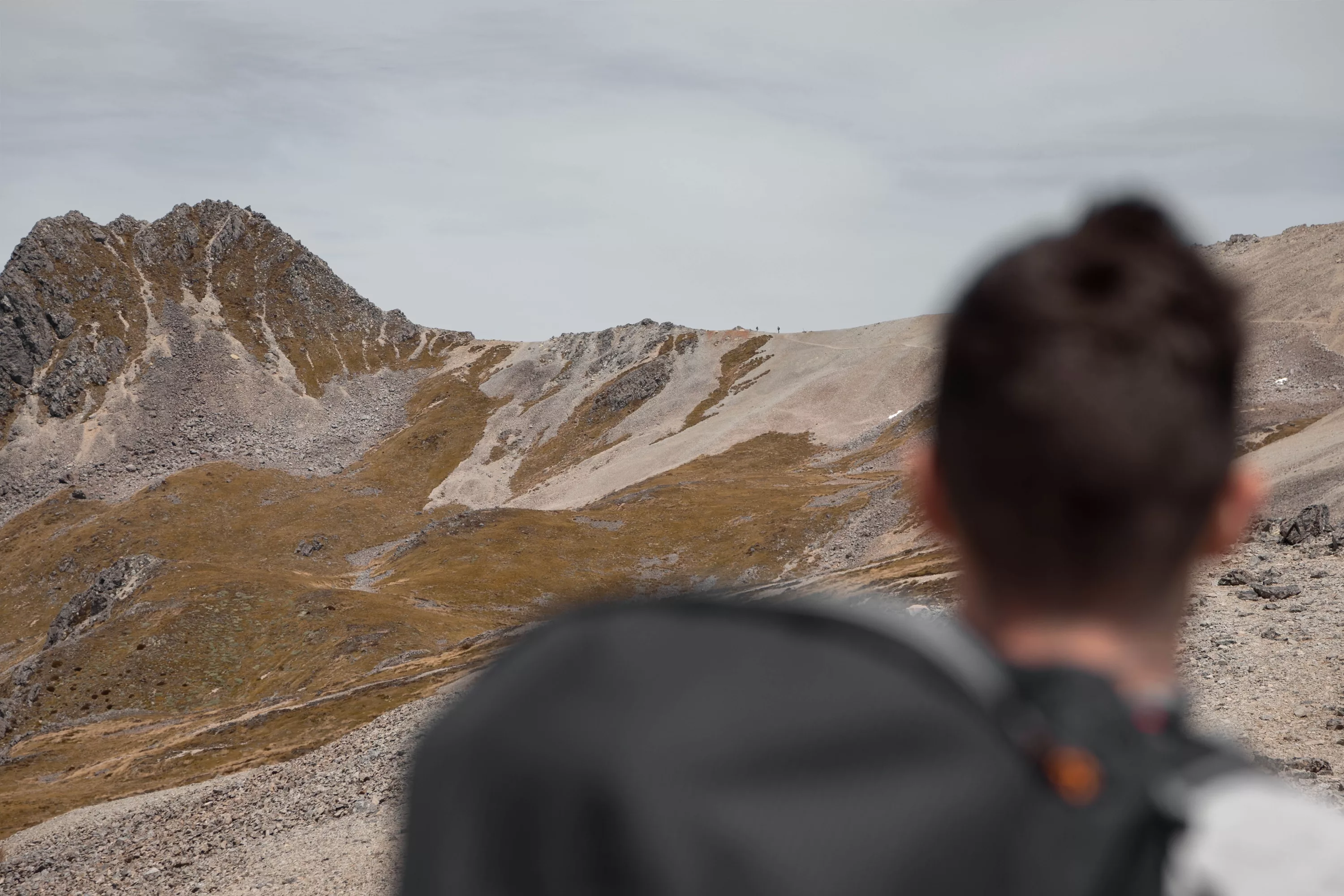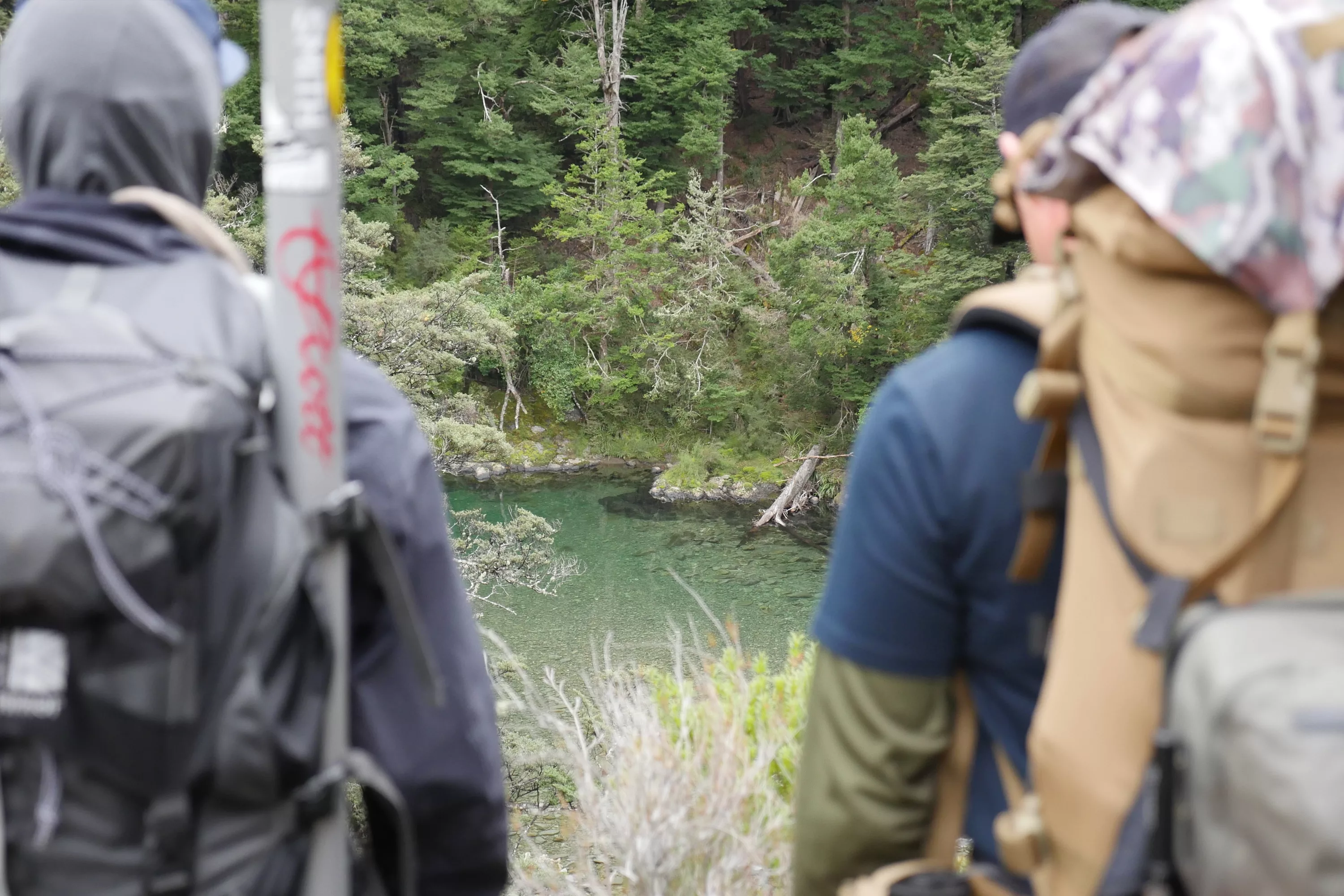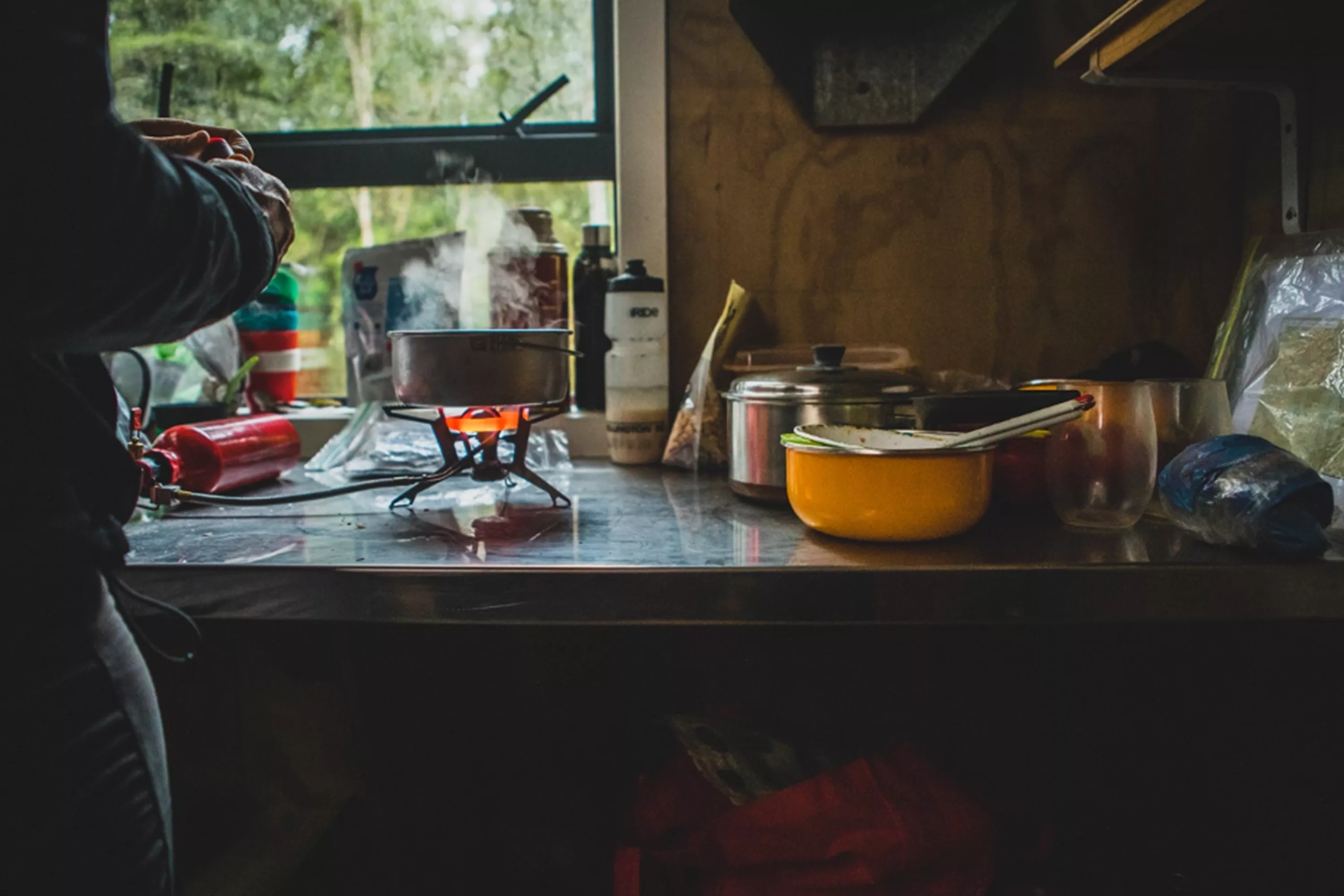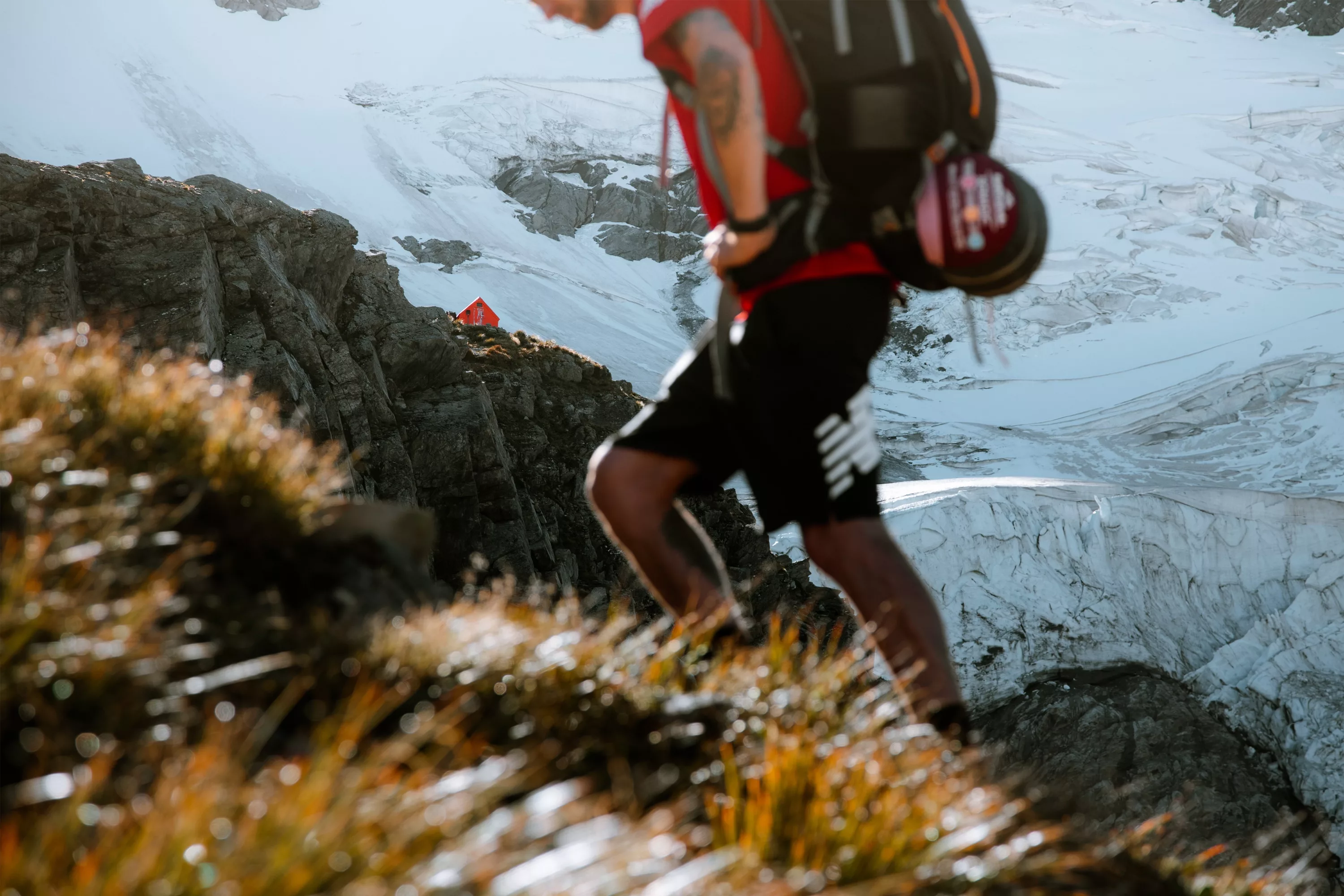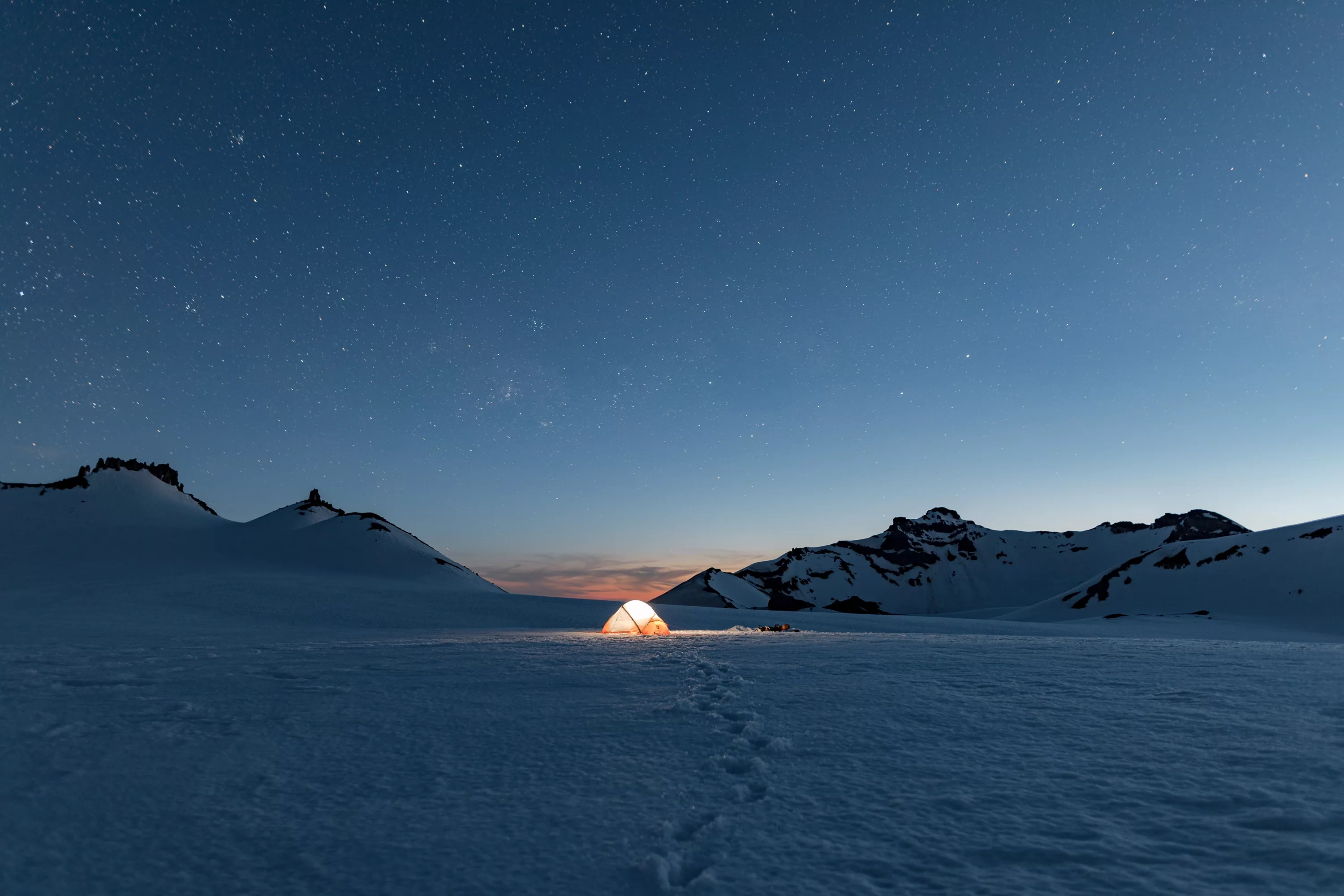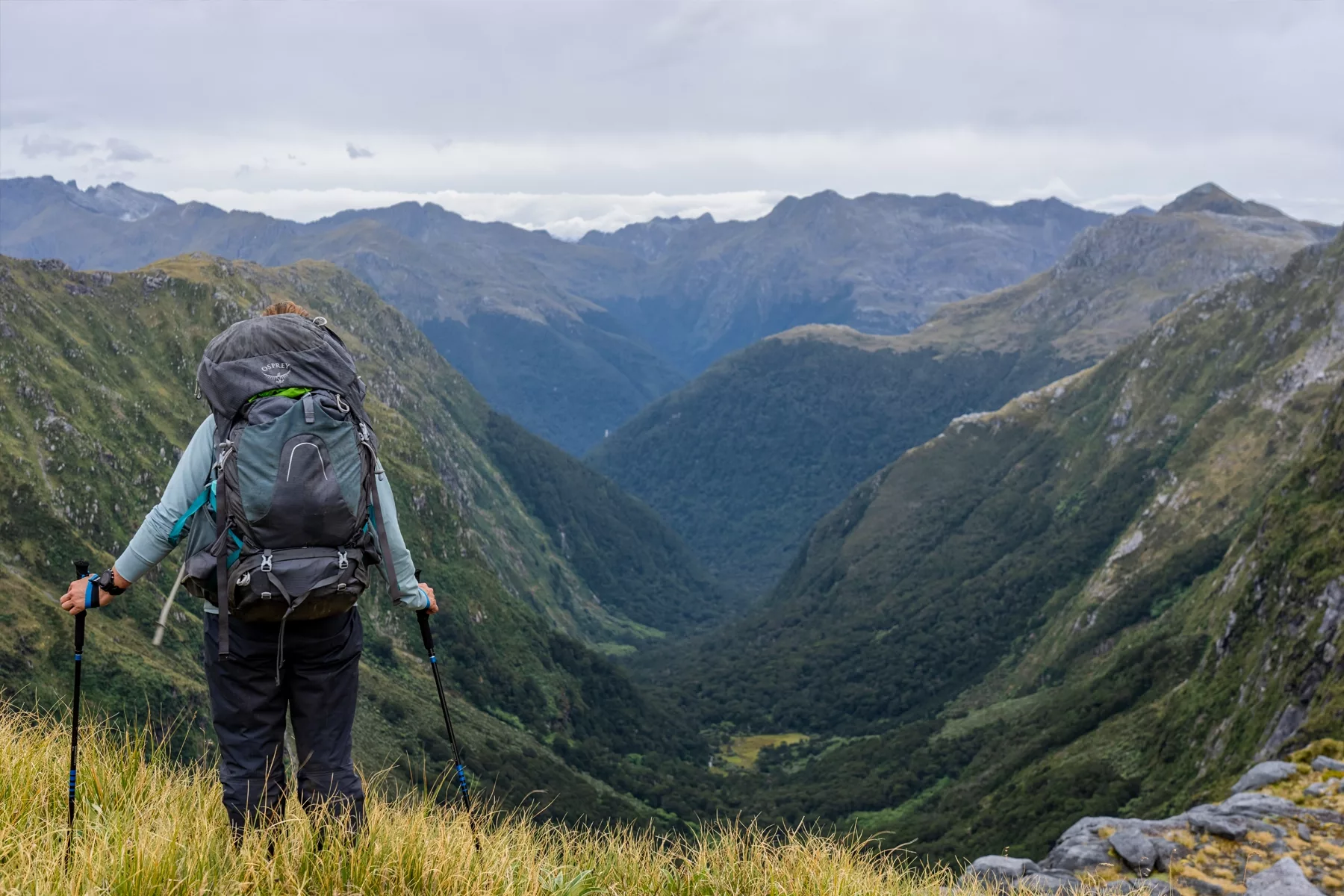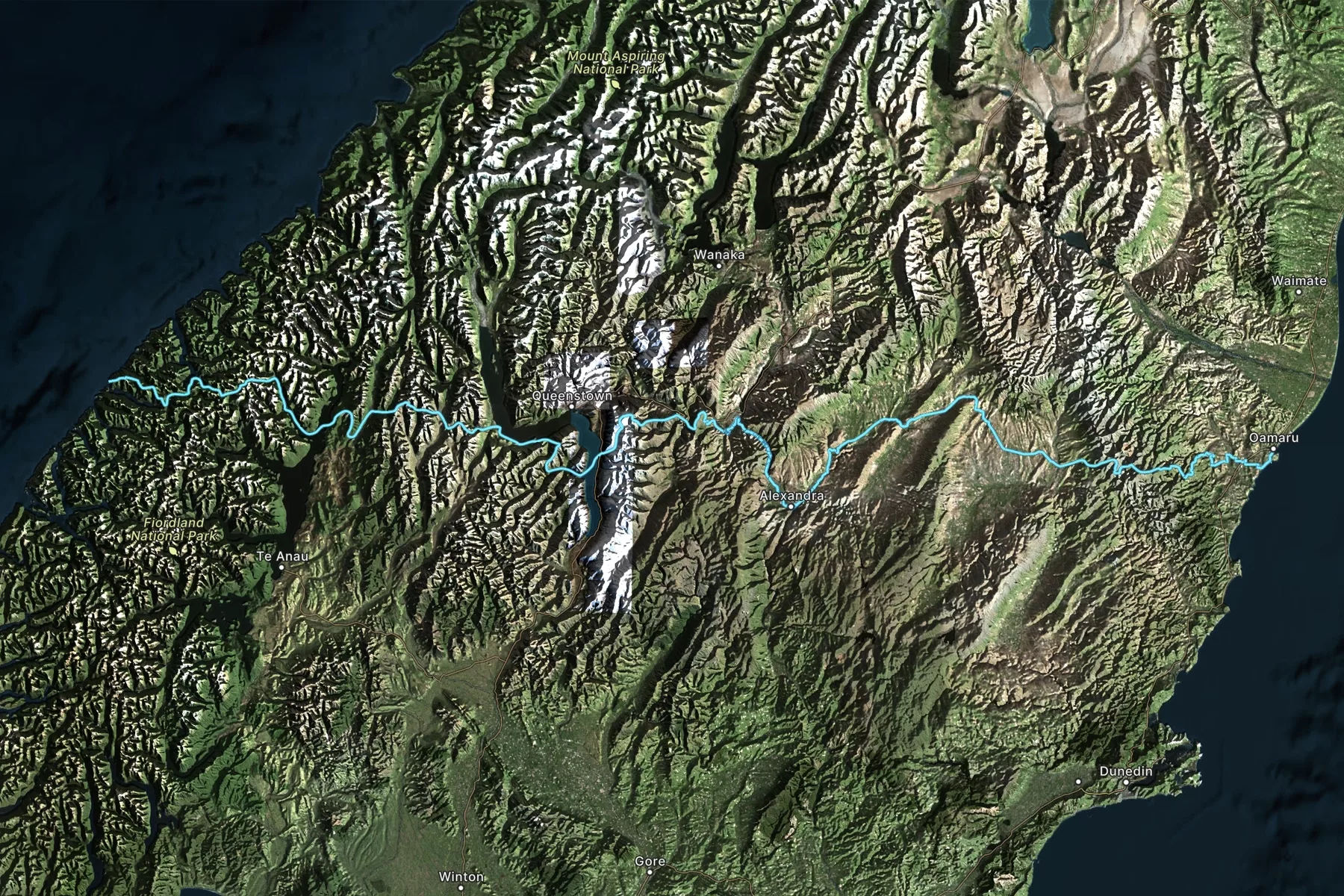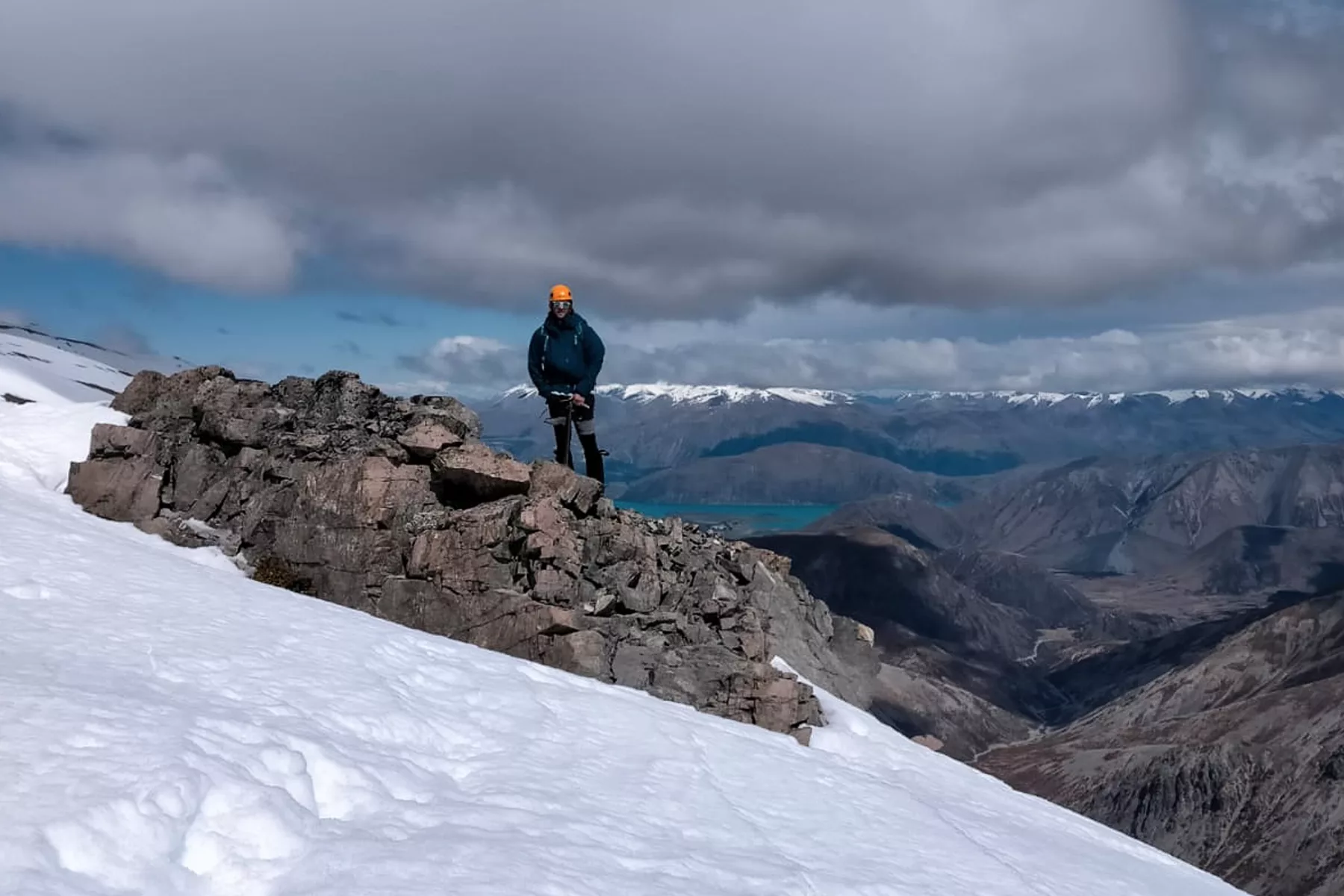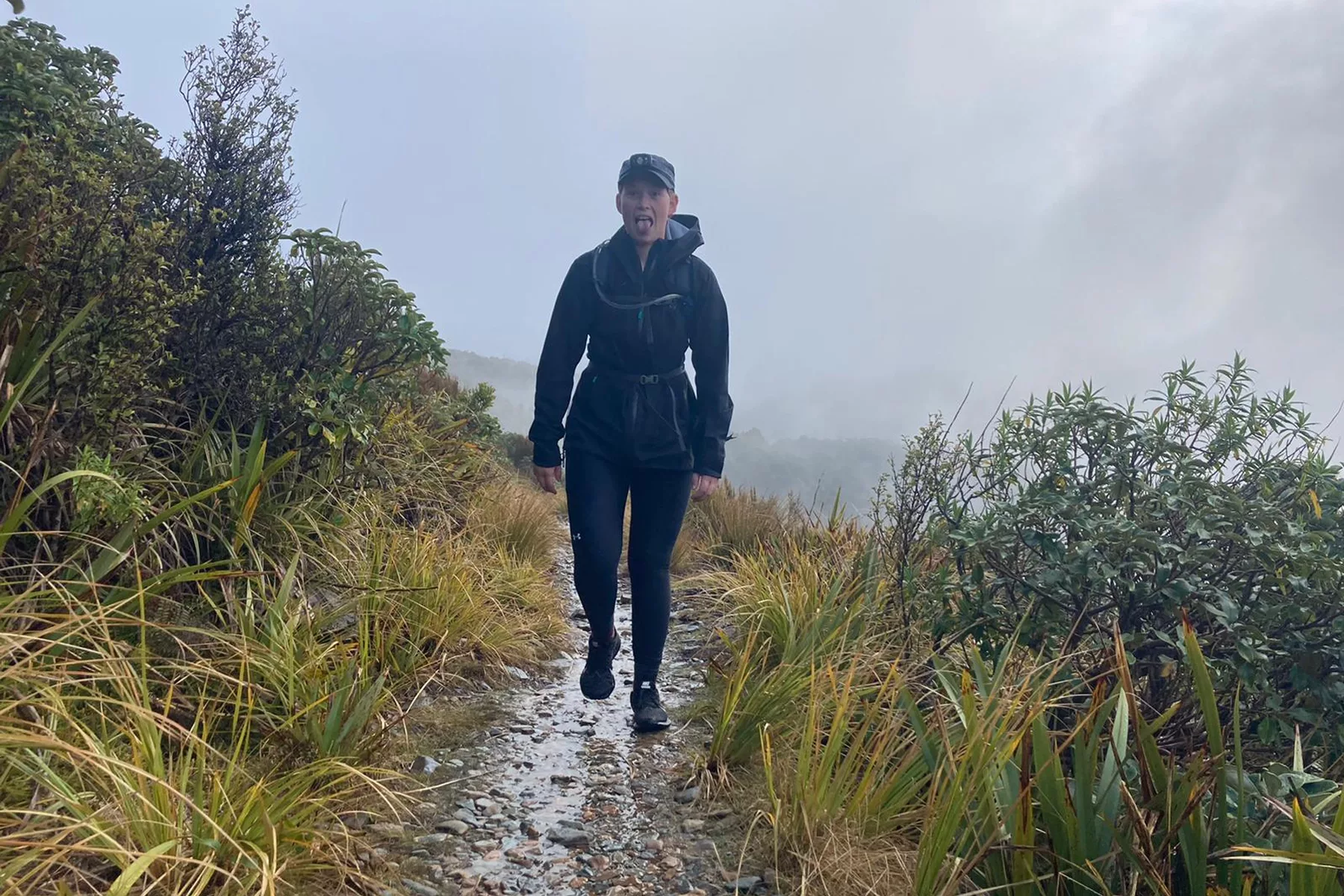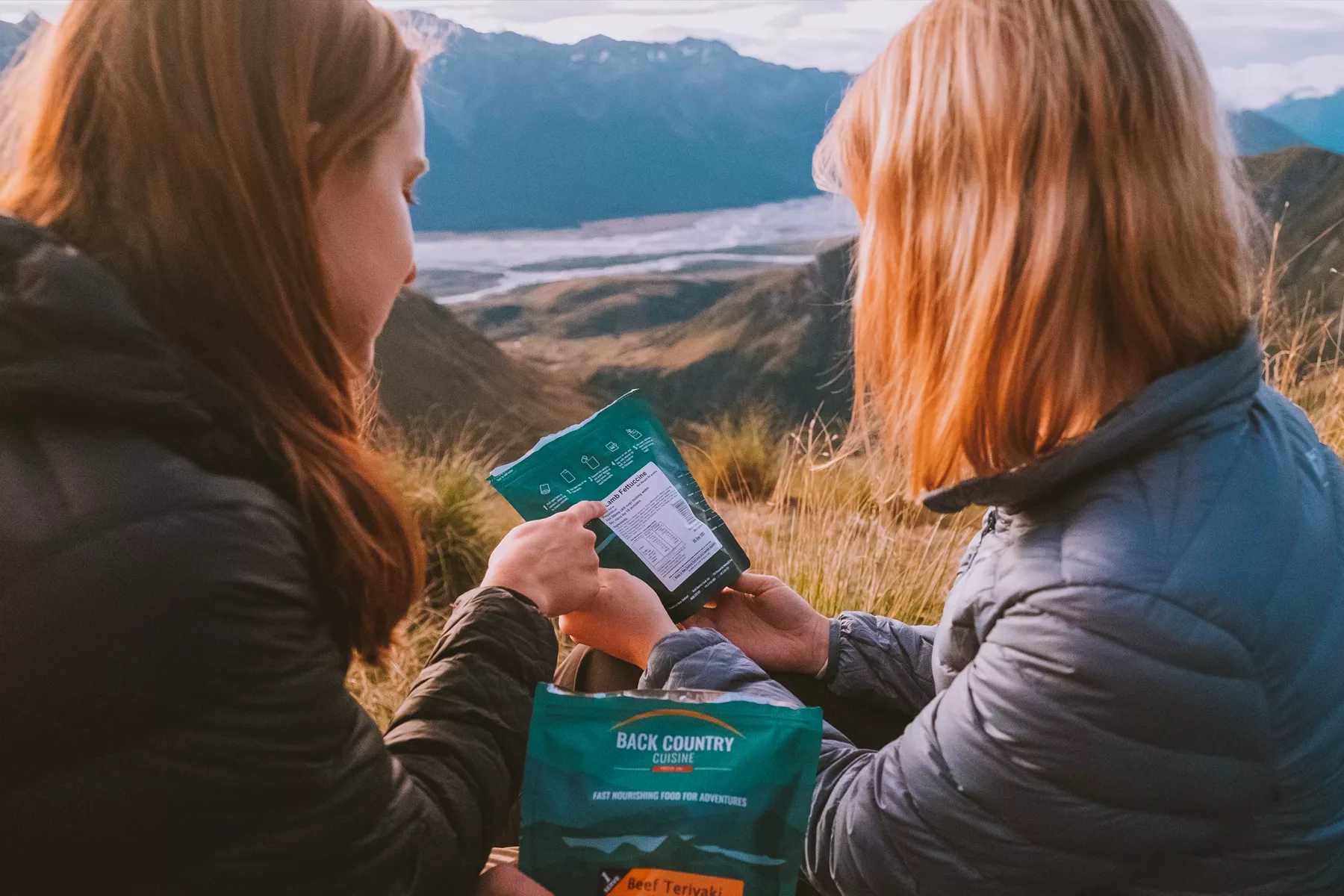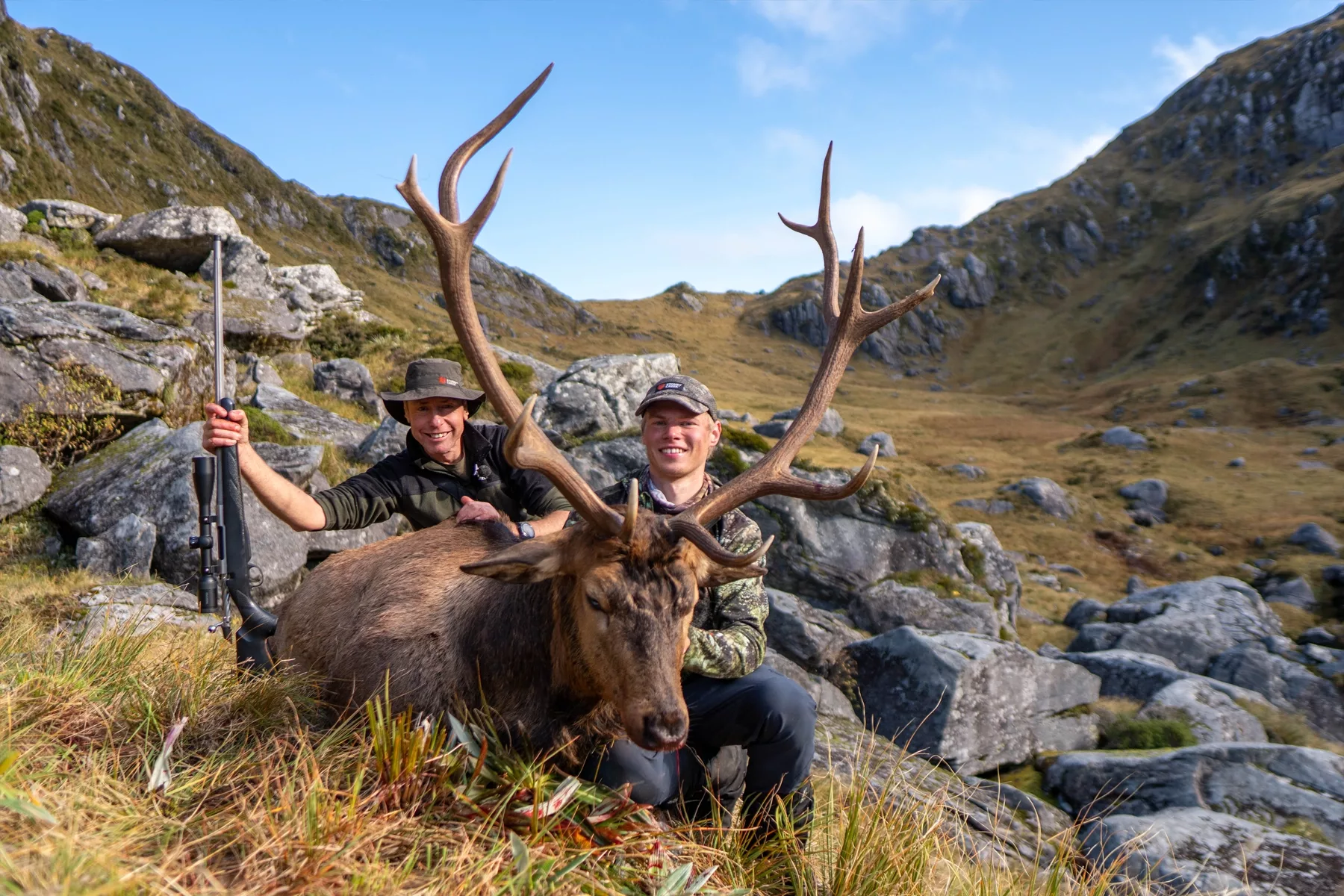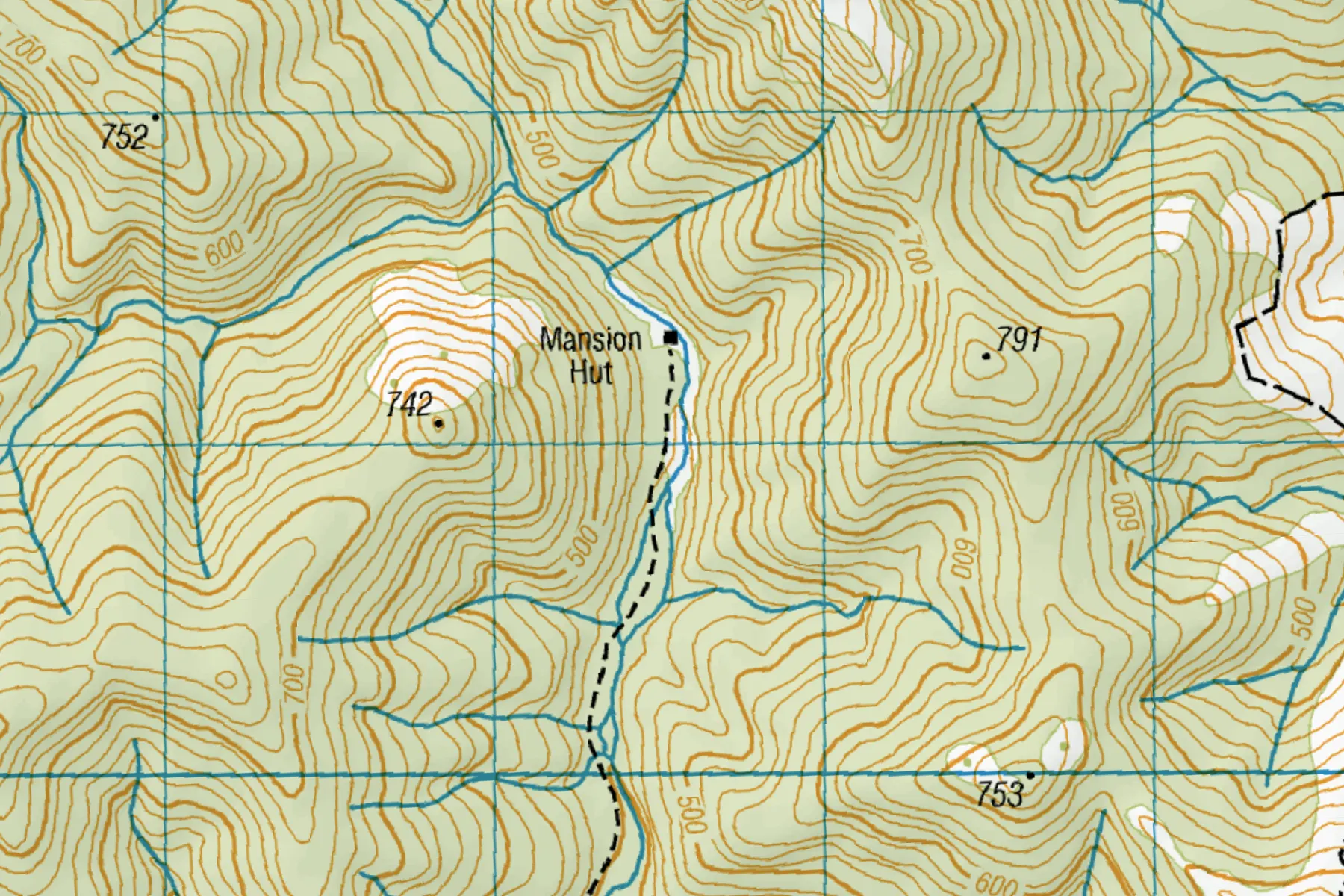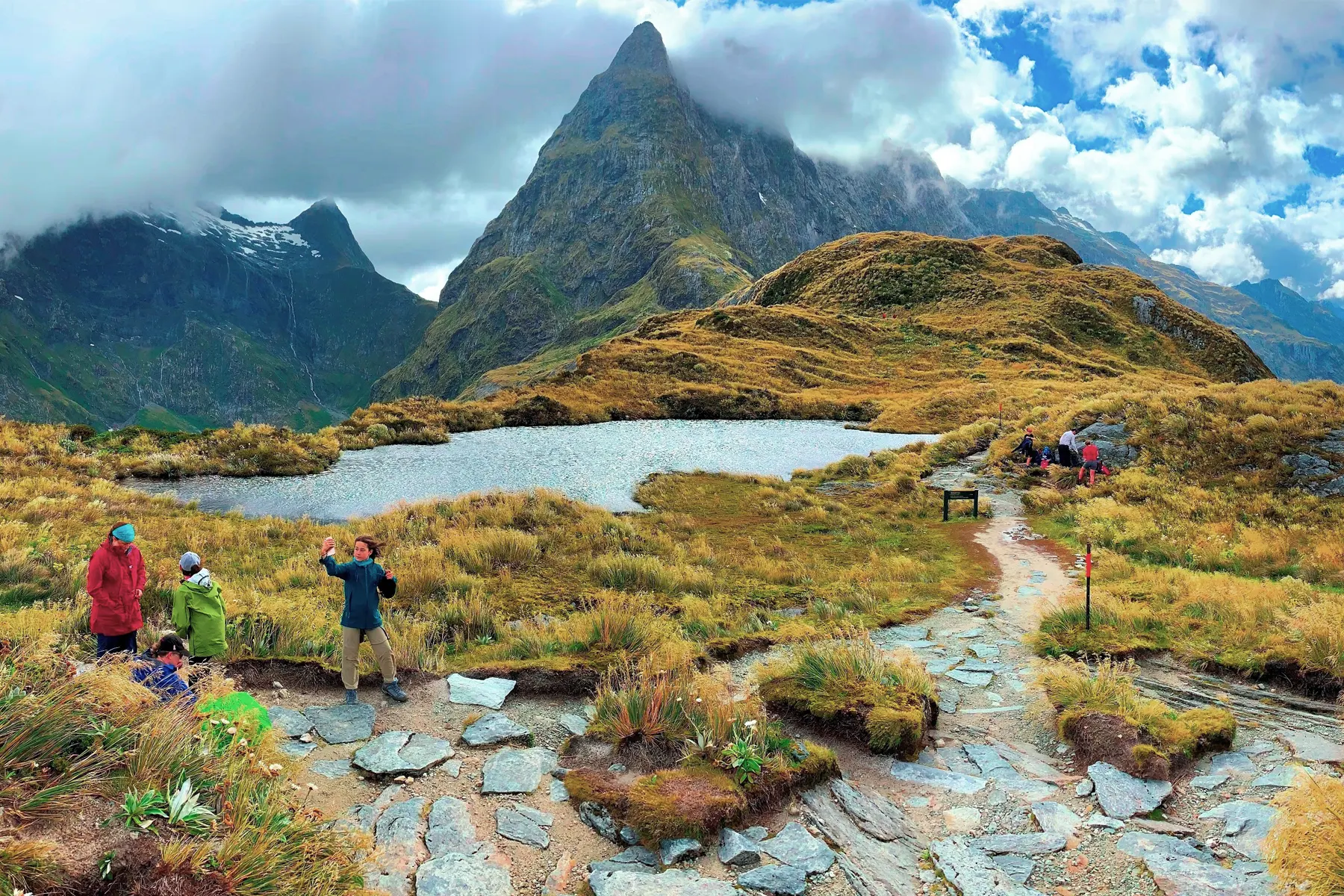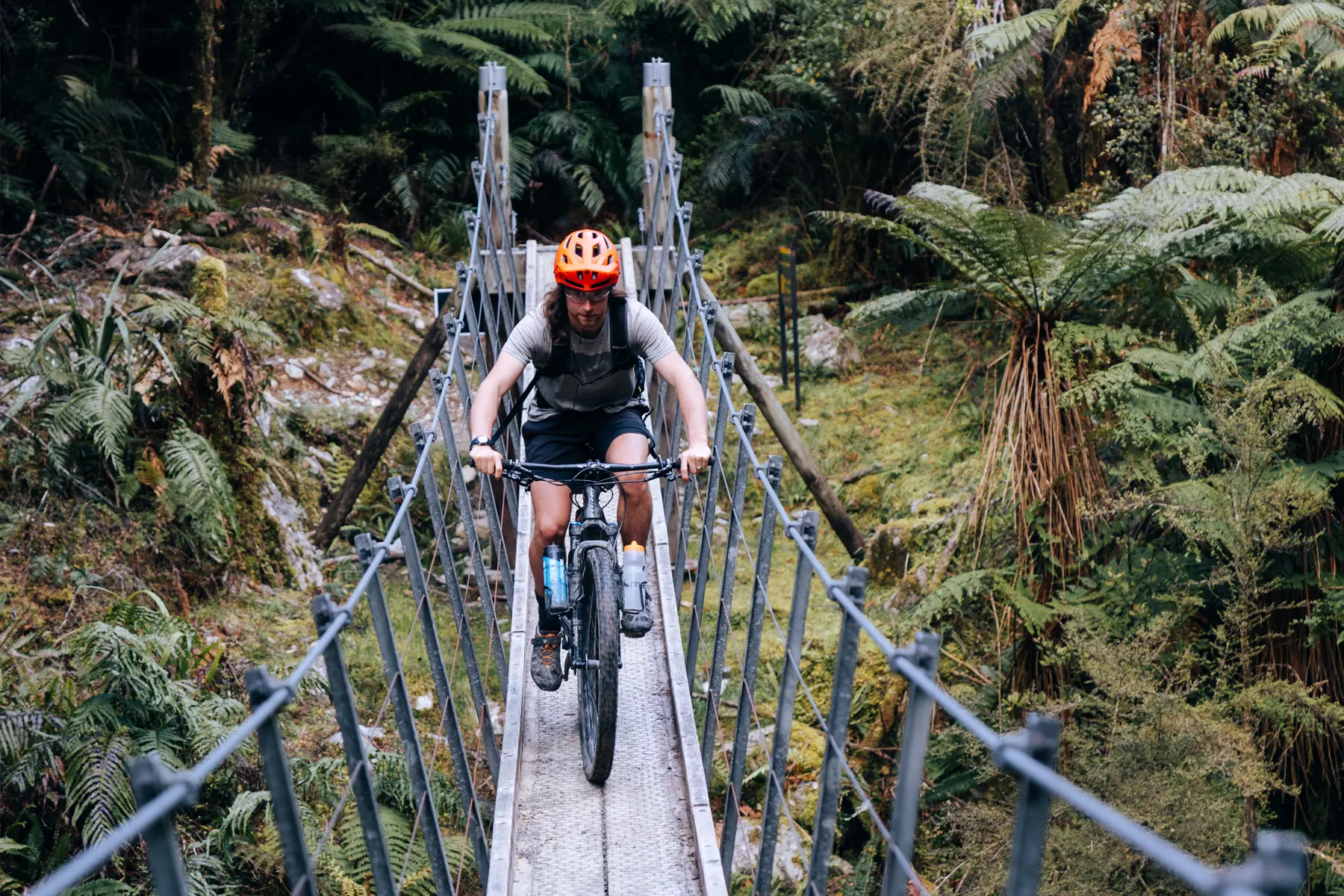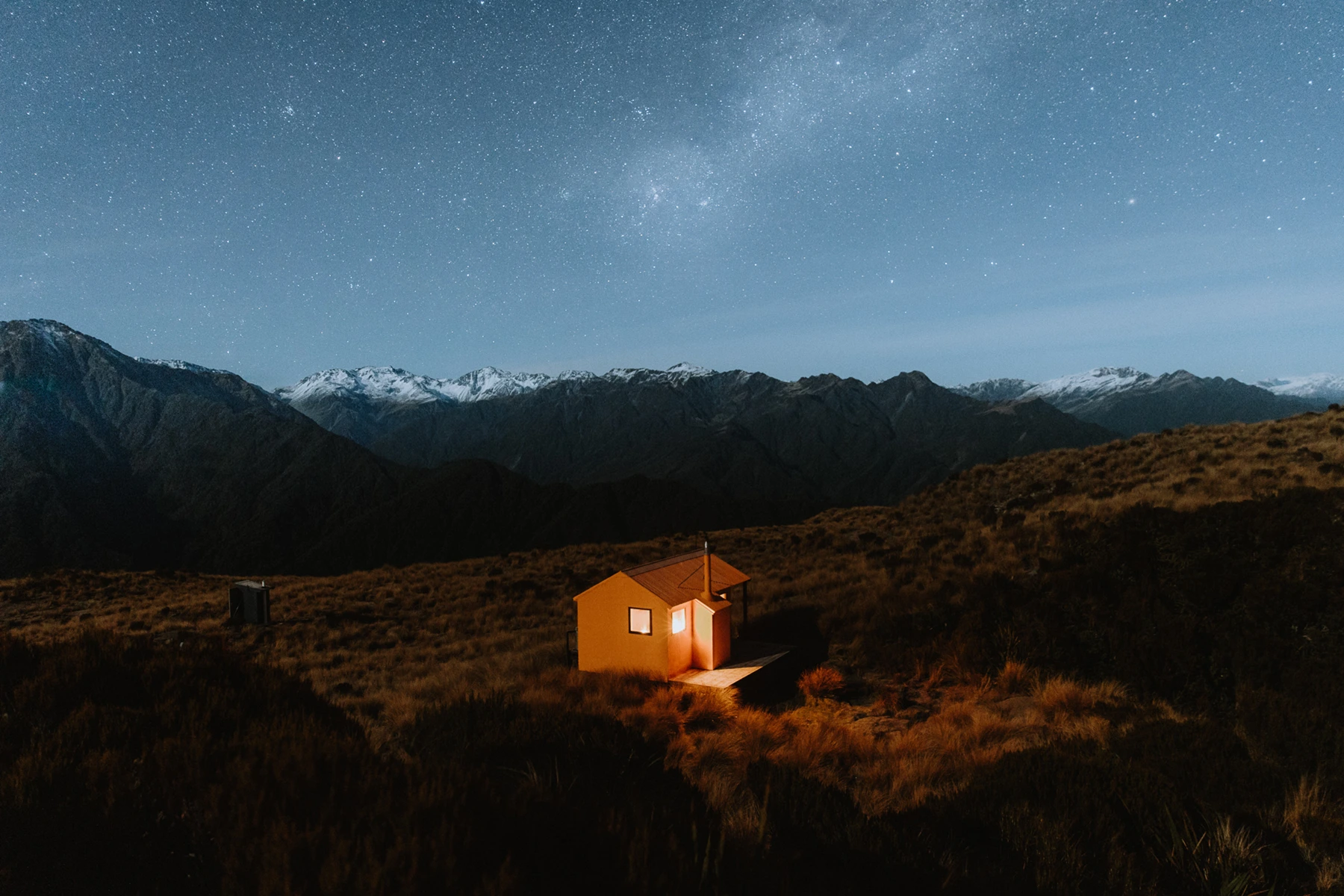First Time Fiordland Wapiti Ballot Tips
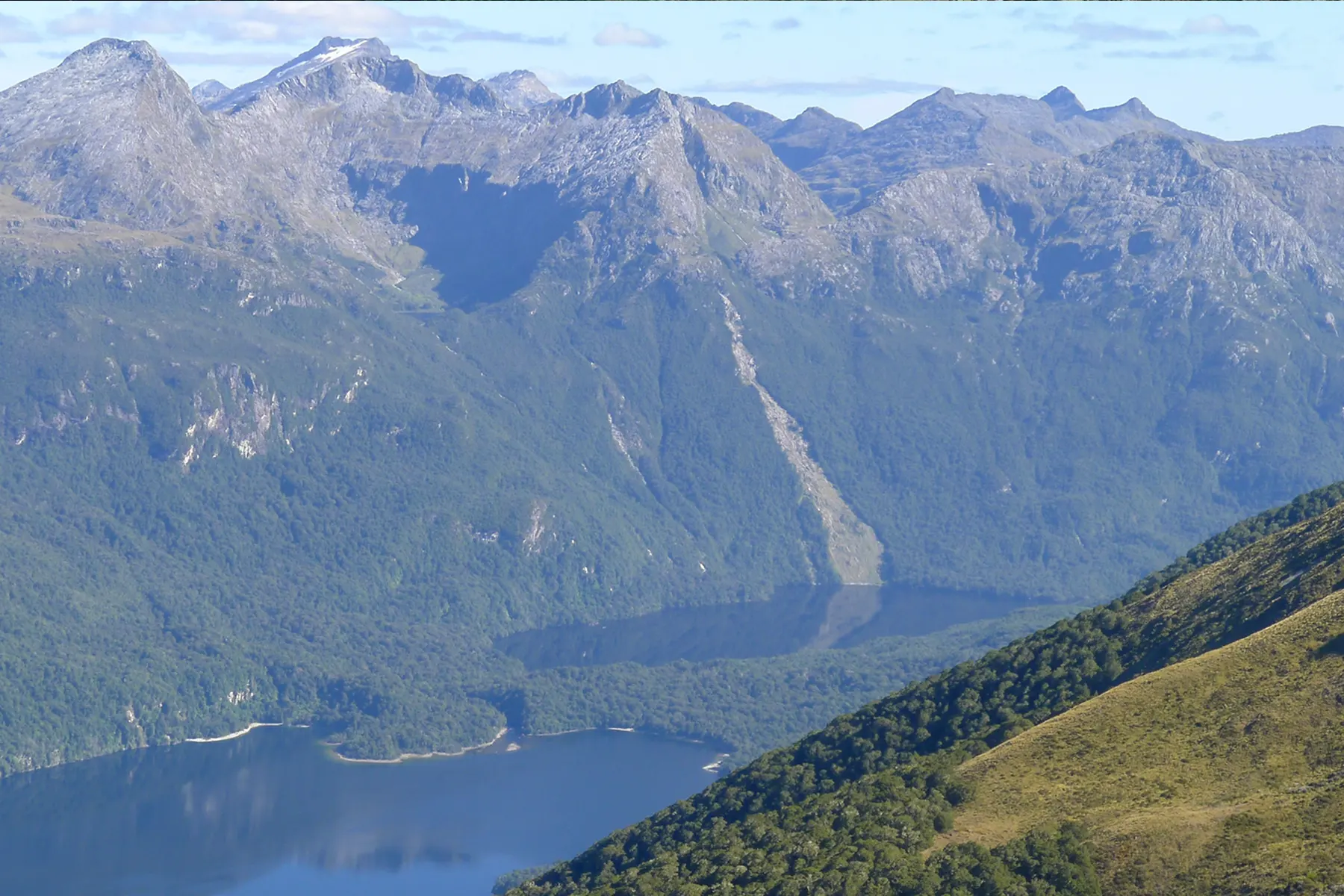
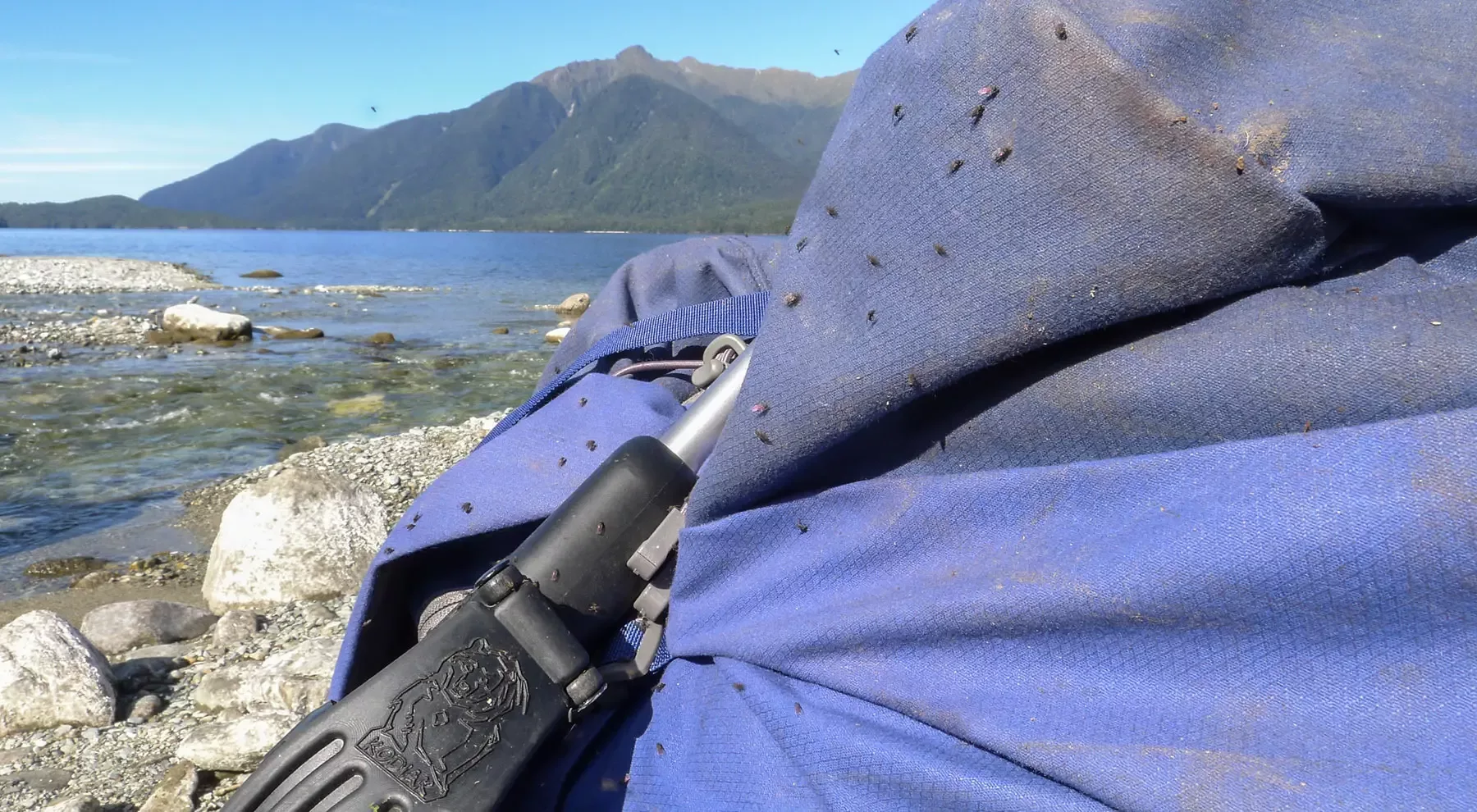
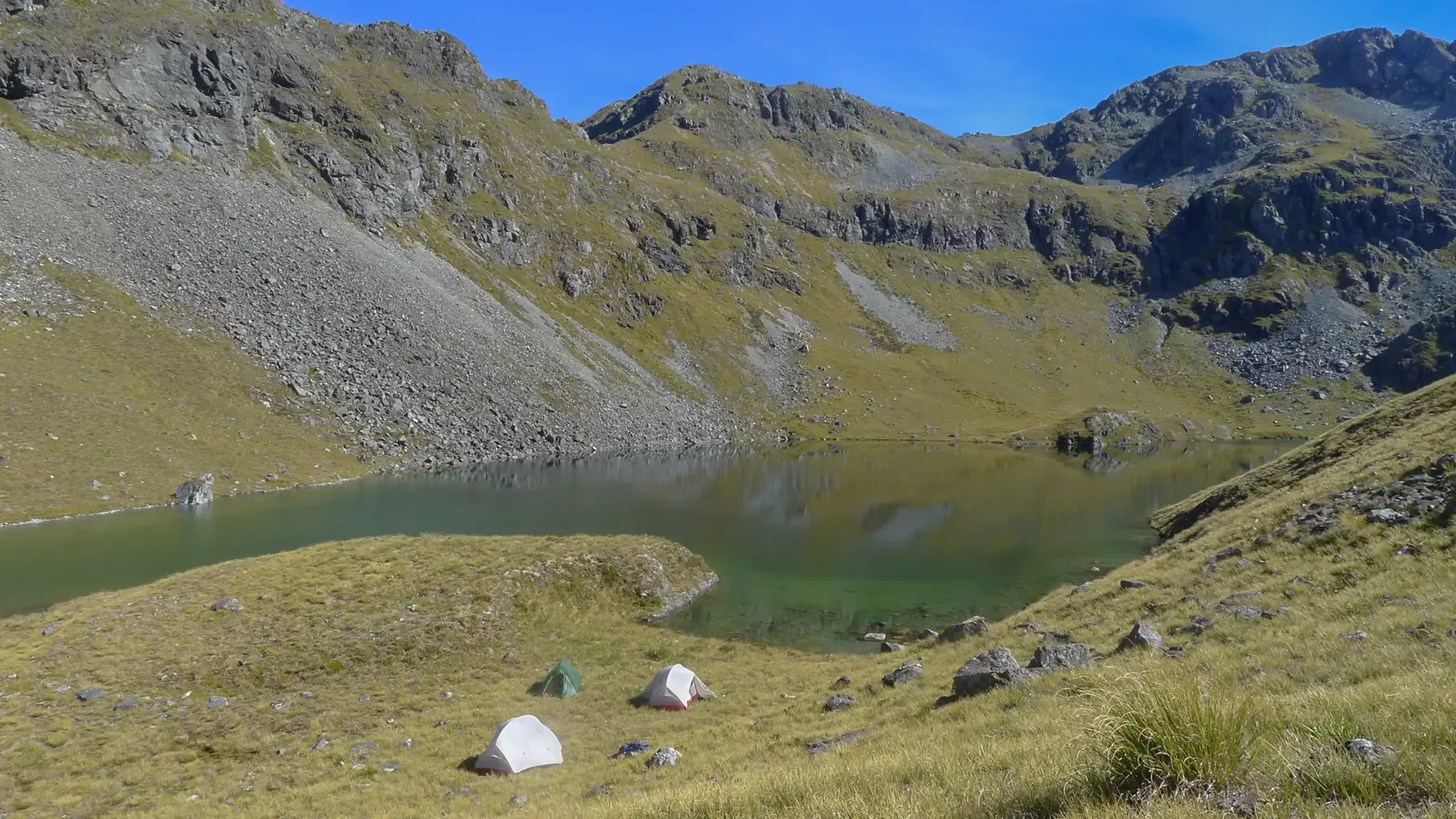
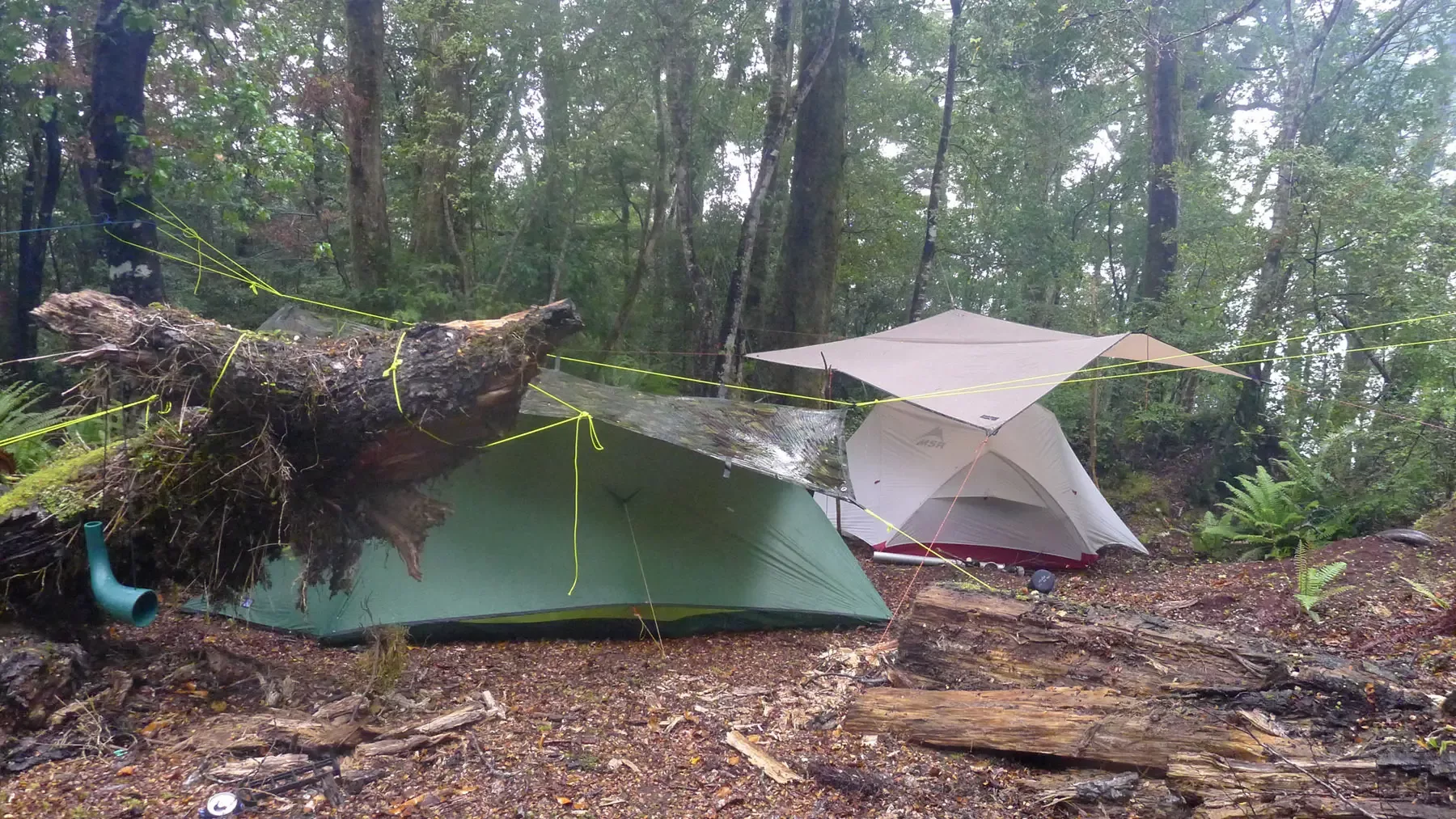

If there’s one area of New Zealand back country that has a reputation for providing a true wilderness hunting experience, it’s Fiordland. Largely untracked and mostly only accessible by boat or limited air drop off points it’s not hard to feel isolated, alone, and intimidated very quickly in an environment that’s simply big, wet, and largely uninviting.
It’s exactly this experience and challenge that brings most people to this remote southwestern corner of New Zealand. Taking “off the beaten track” to its most literal level, tramping, hunting and fly fishing in Fiordland is a case of dealing with what’s in front of you and being prepared for what awaits around the corner.
But one does not simply walk into Fiordland, secure themselves a 10+ year old representative Wapiti bull and skip back home again. Especially those that have no idea just how big both these animals and this country is, and it’s not until you have boots on the ground that you’re faced with those realities that you’ve been spending the last three months preparing for.
Squished topo lines on the map are now neck straining vistas from the beach as you look up to the tops while the well advertised sandflies search out every exposed area of your person. What previously looked like easy travelling river valleys on the map are now boggy grind fests, interspersed with giant boulders and never ending, boot dunking stream crossings. And the prior mental visualisations of glassing countless animals while you take your time waiting for the big bull to appear are more like hours of eye straining searching out countless clumps of tussock doing their best impression of a Wapiti’s rear end.
But it’s all of this struggle, effort and frustration that makes off track travel in Fiordland such a unique and rewarding experience, and while you might be hating it in the moment wondering why you signed up for this torment, you can guarantee that after the trip has wrapped up you wouldn’t change a thing.
My first experience here was for the Fiordland Wapiti Foundation ballot, and as a first timer to both Fiordland and hunting big game in the roar I made sure to undertake my due diligence of research and preparation. The ballot runs four two week periods during the bugle from late March to late April so if you and your party draw a block over this period you can expect to have the whole place to yourself, which can also add another eerie layer to the isolation.
Thankfully there is a world of information out there from hunting community platforms, tv shows like The Hunters Club and NZ Hunter Adventures, magazines, and organisations like the Department Of Conservation and of course the Fiordland Wapiti Foundation, so you shouldn’t ever turn up there and say that no-one told you so when faced with the realities of the area.
That said, here a few lessons that I learned along the way that only the experience itself was going to teach me, and hopefully they may be of some use to you if you’re planning yourself any sort of trip into the deepest, darkest depths of Fiordland.
CLOSE THAT TENT
Unless you want to stay awake all night squishing millions of sandflies on your fly and being harassed by the ones you missed, then pay particular attention to making sure your tent is closed and secure. It’s usually when you just reach in to quickly grab something that the fly is left unzipped just enough for the hordes of little blood suckers to sneak in, ready for your arrival at bedtime. Bear in mind most repellents have a habit of making mesh tent fly’s particularly melty so there’s no easy fix here - squish, wipe, repeat.
Or just keep the darned tent closed?
TEAMWORK
Our group for the ballot had the perfect dynamic of character and abilities. I was the danger ranger safety officer, Brendan took the role of gung-ho-I’ll-go, and Tim was the easy going guy stuck in the middle. Having differing levels of comfort for each situation we faced meant we were able to take the time to discuss what was in front of us and come up with a few varying plans of attack. If we had all been gung ho then we might not be here today, conversely, if we had all been danger rangers then there’s a good chance we’d still be standing on the beach looking up at the hills saying “I’m not so sure about this”.
The point is, regardless of if you’re there for hunting, fishing or tramping, find the balance of comfort and experience in your group BEFORE you get to Fiordland and then you can plan around that to great effect. This could save a lot of unnecessary tension in a stressful moment too.
TARPS ARE ESSENTIAL WORKERS
If there’s one extra piece of camp equipment you should consider taking, it’s a tarp. But you’ve just invested $1000 or so clams on the lightest, latest and greatest tent just for this trip, why pack a fly on top of that? Well because chances are it’s going to rain a lot, so having the added option of setting up a fly over top of your tent is a game changer in terms of keeping your gear and sleeping set up nice and dry. It will also give you added space for storing gear outside of your tent vestibule which is especially handy when you’ve got wet clothing, boots, jackets - everything.
Secondly, exposure to the sun on the tops is a real thing, so to have the ability to set up a small shaded area and have a nap during the heat of the day is huge. The animals aren’t likely up to much in the middle of a hot day but you still want to stay out there, parked up and glassing anyway so tucking under a fly for few hours until it’s time to move to position for the golden hour is ideal.
There’s all sorts of lightweight fly options available these days, and while cuben fibre is the lightest and packs down the smallest, it’s also super expensive so a ripstop nylon fly is a more price accessible alternative and is available from most NZ hunting brands in one form or another.
THINK ABOUT HOW MUCH YOU WANT THAT FIORDLAND WAPITI
Hunting during the Wapiti ballot periods is its own unique and distinct experience. The general rule here is that you’re only looking to take a mature bull elk has past his prime and has done the job of passing on some great genetics to the overall herd. Anything short of that is missing the point of what the Fiordland Wapiti Foundation is trying to achieve with their hard work. So you’re not in there to cull reds on their behalf, nor are you there to take the first good head that comes into view in your scope, and to be honest I’m not sure you’d want to treat this as that sort of experience anyway.
In hindsight, I’m kind of glad we didn’t see many animals, let alone one tempting enough for a green hunter like myself to take, because when I consider how tough it was to get around some of this country with just a 25kg+ pack on my back I shudder to think what it would have been like fully loaded up with a mature 12 point Wapiti head and as much meat as we could carry. Now that I’ve been in there, and if I’m being brutally honest with myself, a trophy like that probably isn’t my driving force for being in the hills so I’m not sure if I would apply for the ballot again in a hurry, but it was the experience of a lifetime, I’m glad I did, and would always encourage others to at least give it some consideration.
But just remember all eyes are on you when you decide which animal makes the grade and once the animal is down the hard yards begin, and Fiordland dials it to eleven so be prepared for a world of hurt!
DON’T TAKE IT PERSONALLY
Wet bush, bogs, gorges, rotten trees, slips, bluffs, rain, slippery tussock, blind drops, waterfalls, deep guts, swollen rivers, windy tops, lack of drinking water, white outs, Kea hell bent of destruction - the list goes on of all the things Fiordland is likely to throw at you on your trip. What looks like a simple spur to get access to the tops can be laden with any number of obstacles, and following a thin blue line on the map might look like a straightforward path to your destination but be prepared for some slow going as you negotiate car sized boulder fields, gorges, and waterfalls.
So don’t take it personally and do your best to grin and bear it. Fiordland serves this up to everyone and each of these little micro challenges is what makes up the beauty of off track travel in this country. Every square on the topo map is hard earned and will leave you as mentally spent as you are physically by the end of each day. And while it sucks in the moment when you’re knee deep in a rotten log struggling not to fall over with your heavy pack, it’s a beautiful thing to reflect on later over a beer or two once back in civilisation.
PACK LIGHT BUT SAFE
Going light and fast is pretty tempting when you consider the altitude you have to gain and terrain you’re likely to be navigating, and when you factor in the additional hunting accoutrement like optics, rangefinders, sat phones, and camera gear it all adds up very quickly. But Fiordland is a wild and remote place, and it can take a while to get help should you need it so what goes into your pack needs the upmost consideration, especially if you end up in a situation and need to look after yourself while you’re waiting for assistance.
So don’t skimp on the things that you need to keep you alive like good clothing, robust shelters, and safety / communication equipment. These are non-negotiables and if they’re blowing out your ideal pack weight then the simple answer is to train harder before you go. Pack weights for Fiordland can vary from 15kg for the ultralight guys to 30kg plus for packhorse legends like cameraman Dave Shaw of the Hunters Club.
What you eat is very important to maintaining a good mental and physical state in Fiordland, and it’s also the easiest way to save on weight and space. Back Country Cuisine freeze dried meals are high energy but super lightweight, so you get the double benefit of staying physically energetic without a high weight cost of carrying your meals on your back. A varied supply of meals is key, you don’t want to fatigue yourself of one flavour meal too quickly! And supplement your diet with lots of snacks like smoothies, jerky, nuts, and chocolate to keep the energy levels topped up throughout the day.
The main point here is pack well, make sure your gear is up to the challenge, and if you think it’s getting too heavy then maybe you just need to get a bit fitter and stronger before you go. That’s always going to be a good thing anyway.
IN SUMMARY
Fiordland is no joke with many a hunter being caught out in a spicy situation every bugle, but it can also be walk in the park if you take the time to know what you’re getting into and then being prepared for that all to change once you get there.
Sounds easy right? Check out this free, full length Fiordland Wapiti ballot episode from the legends at the Hunters Club and see for yourself!
To keep up to date with our latest blog sign up to our newsletter.

